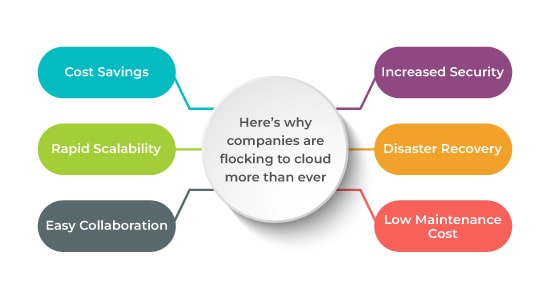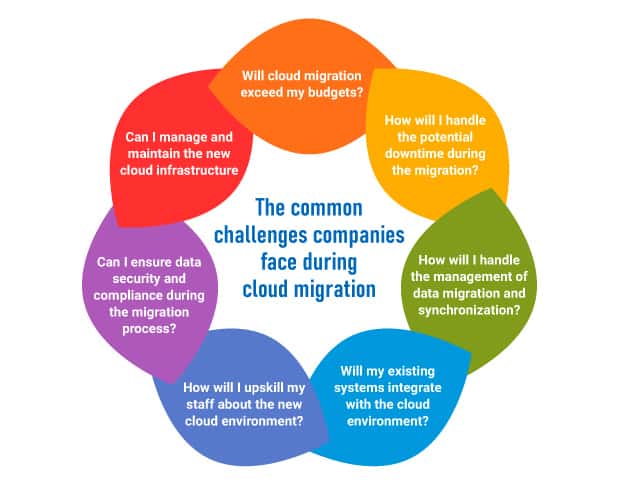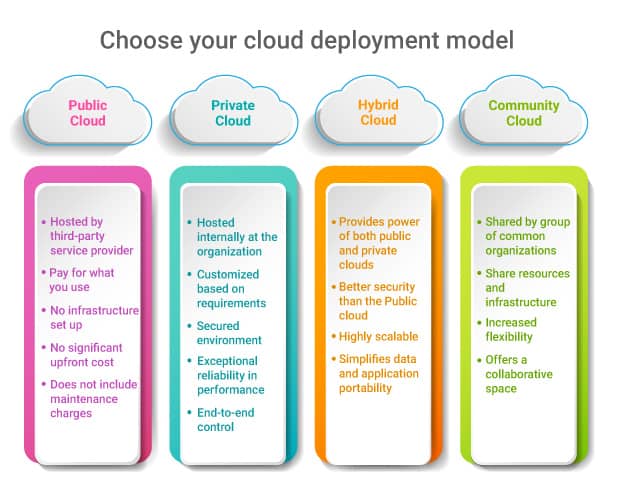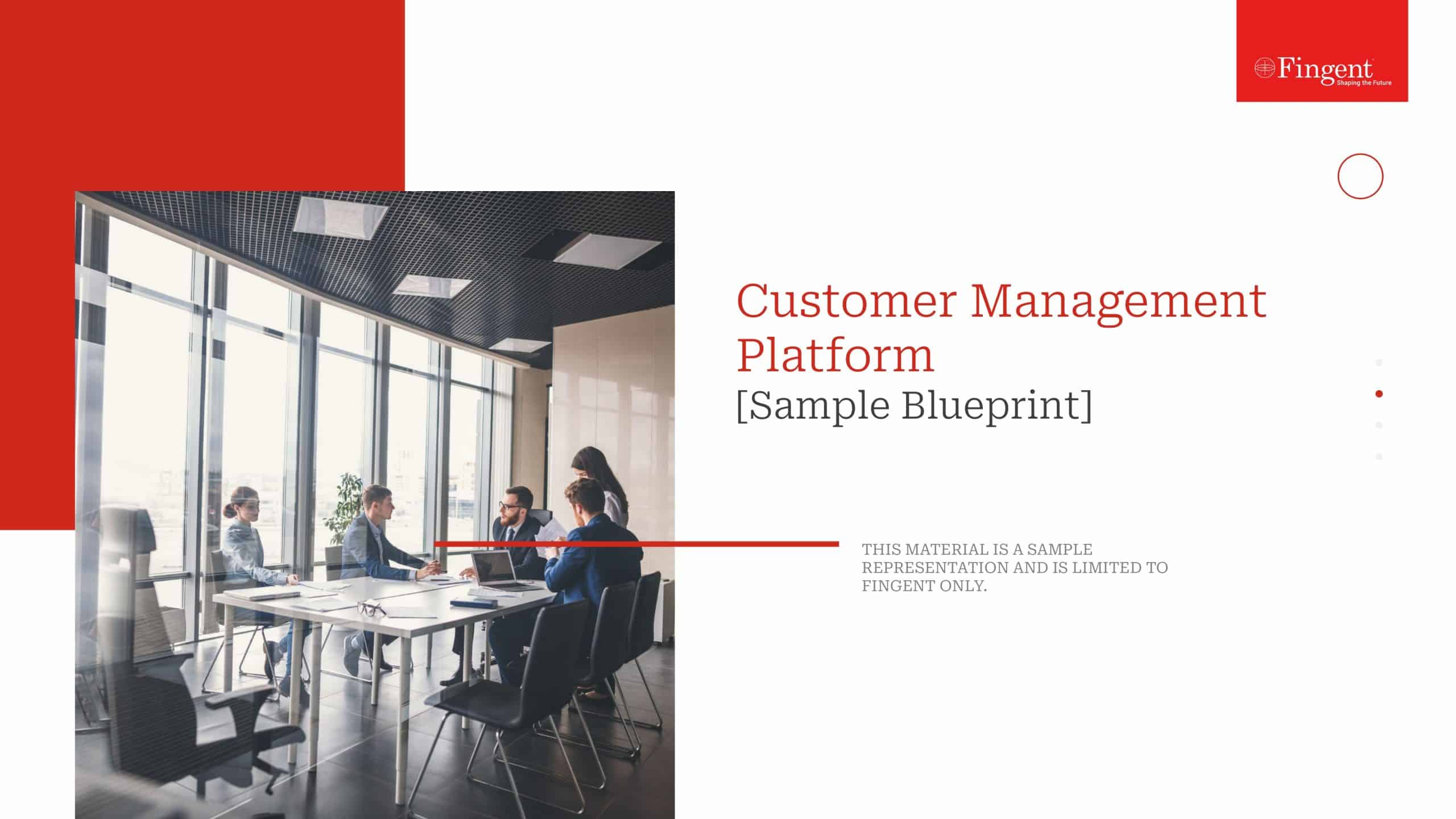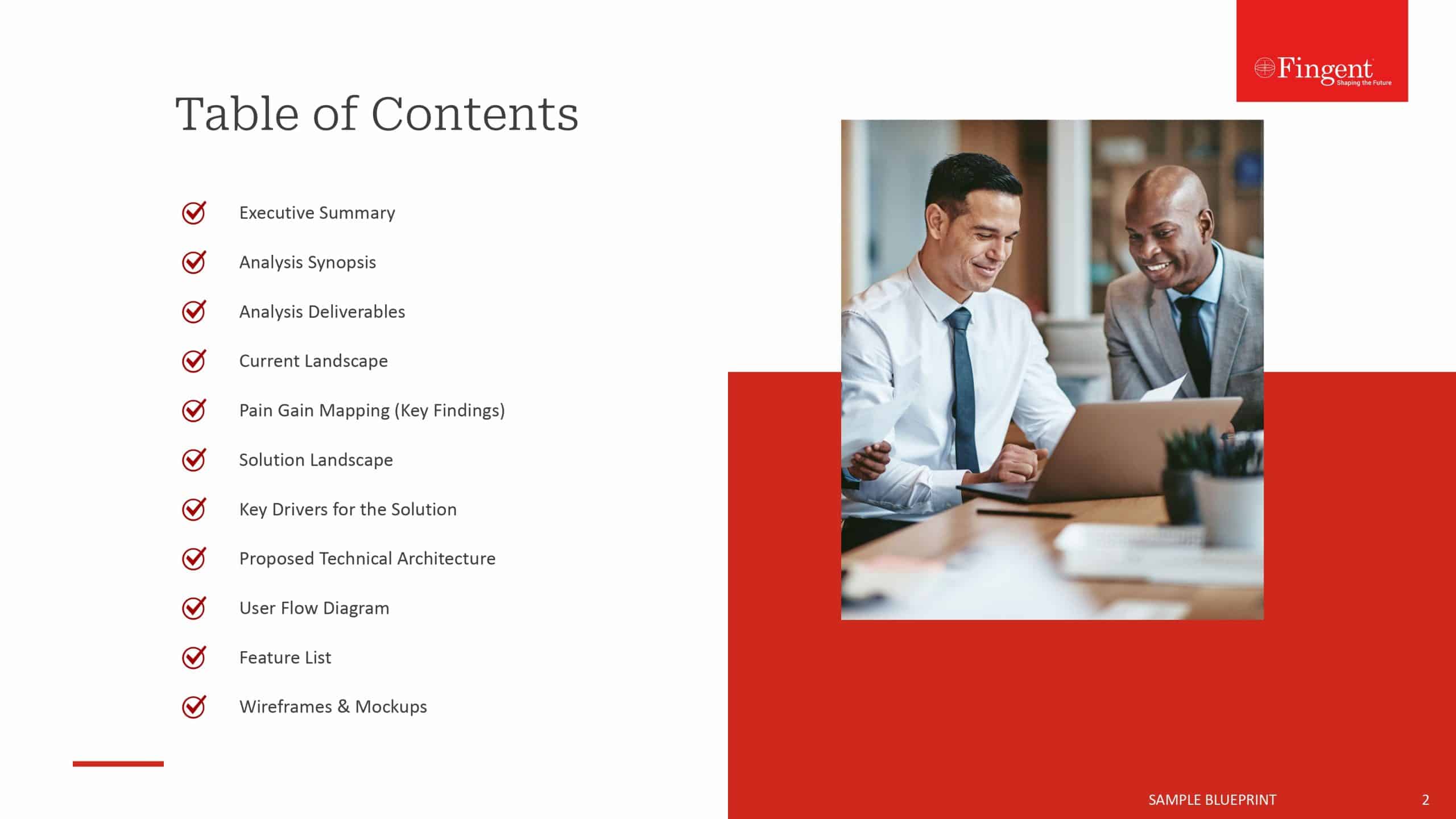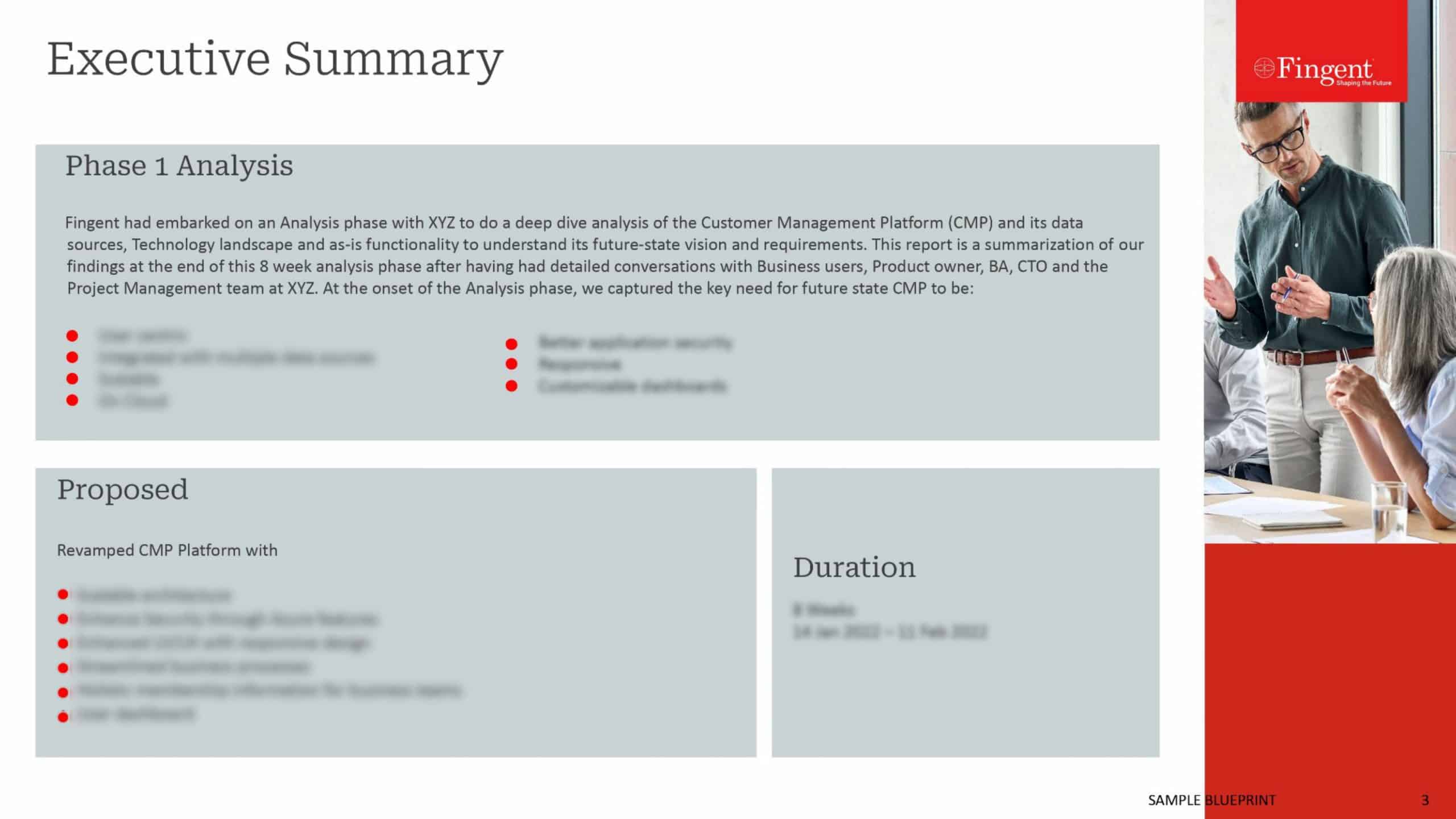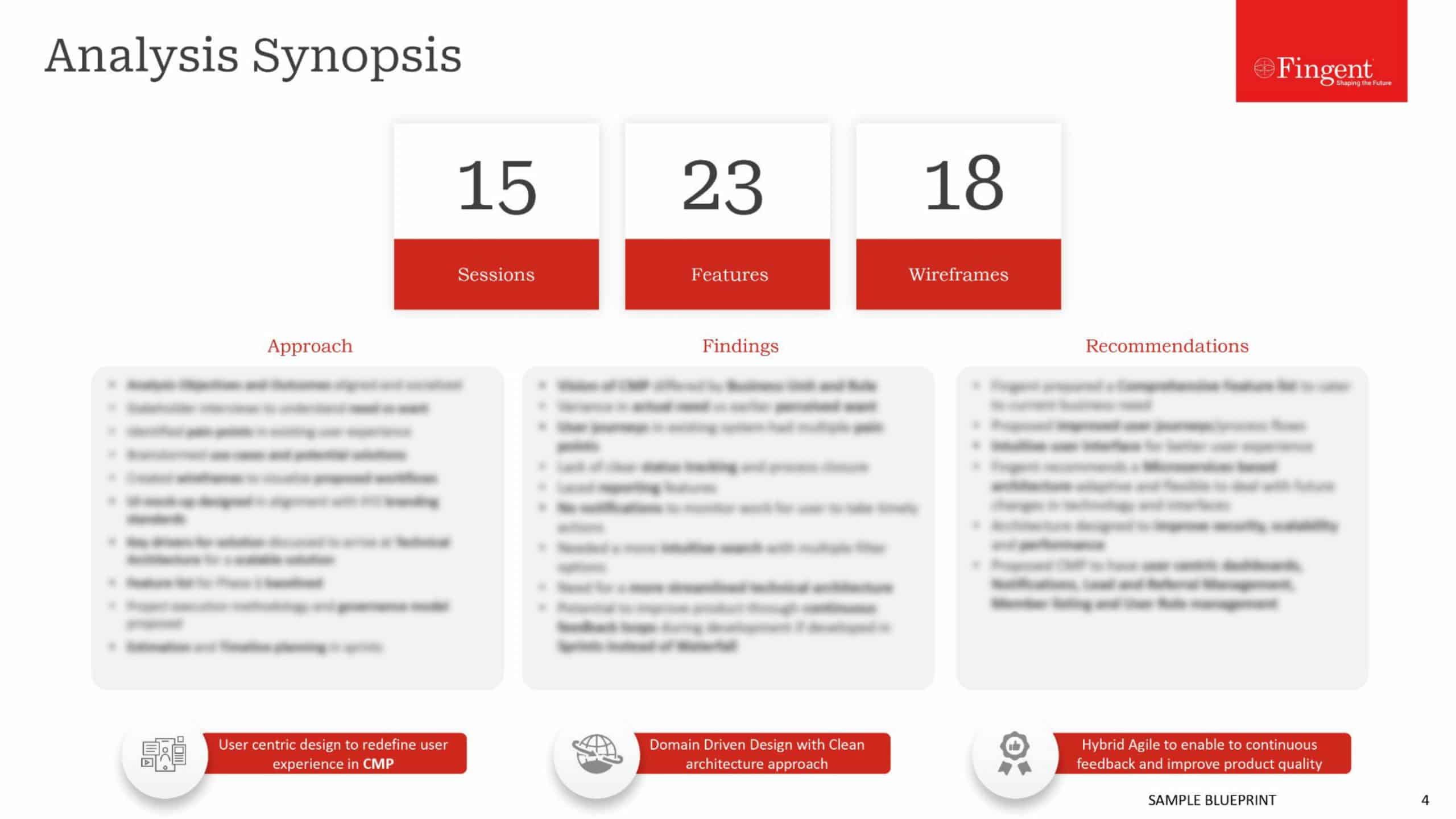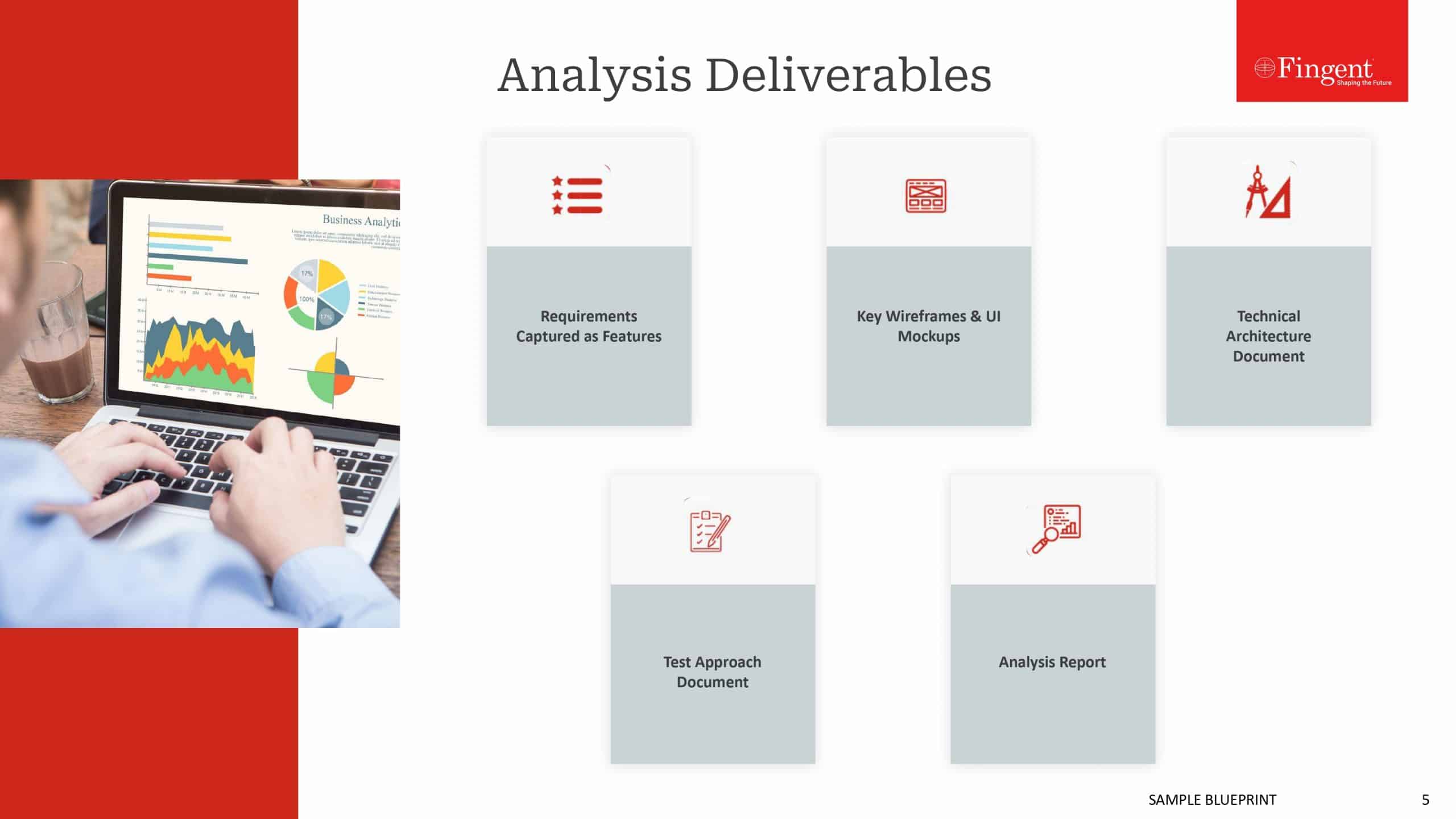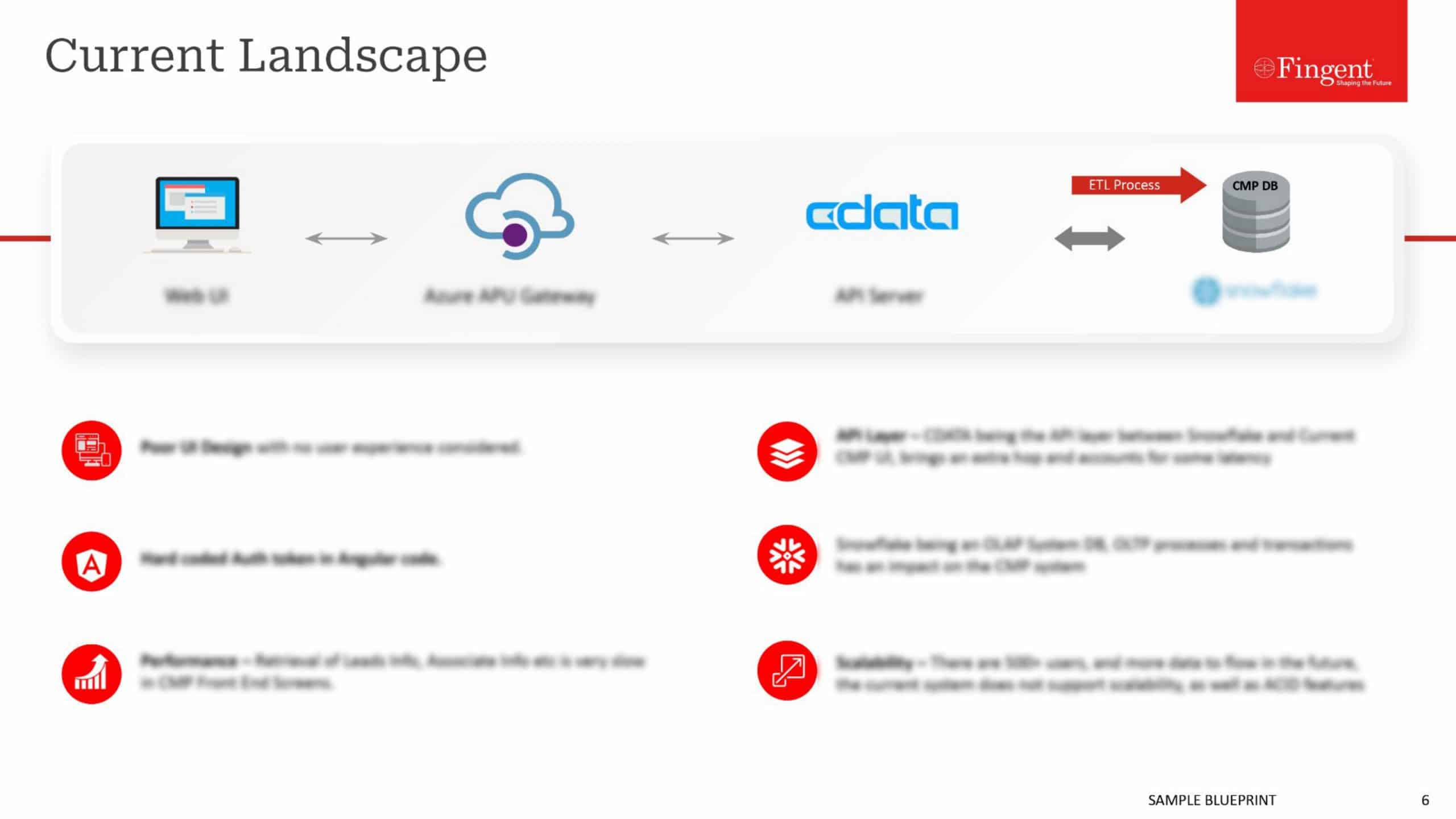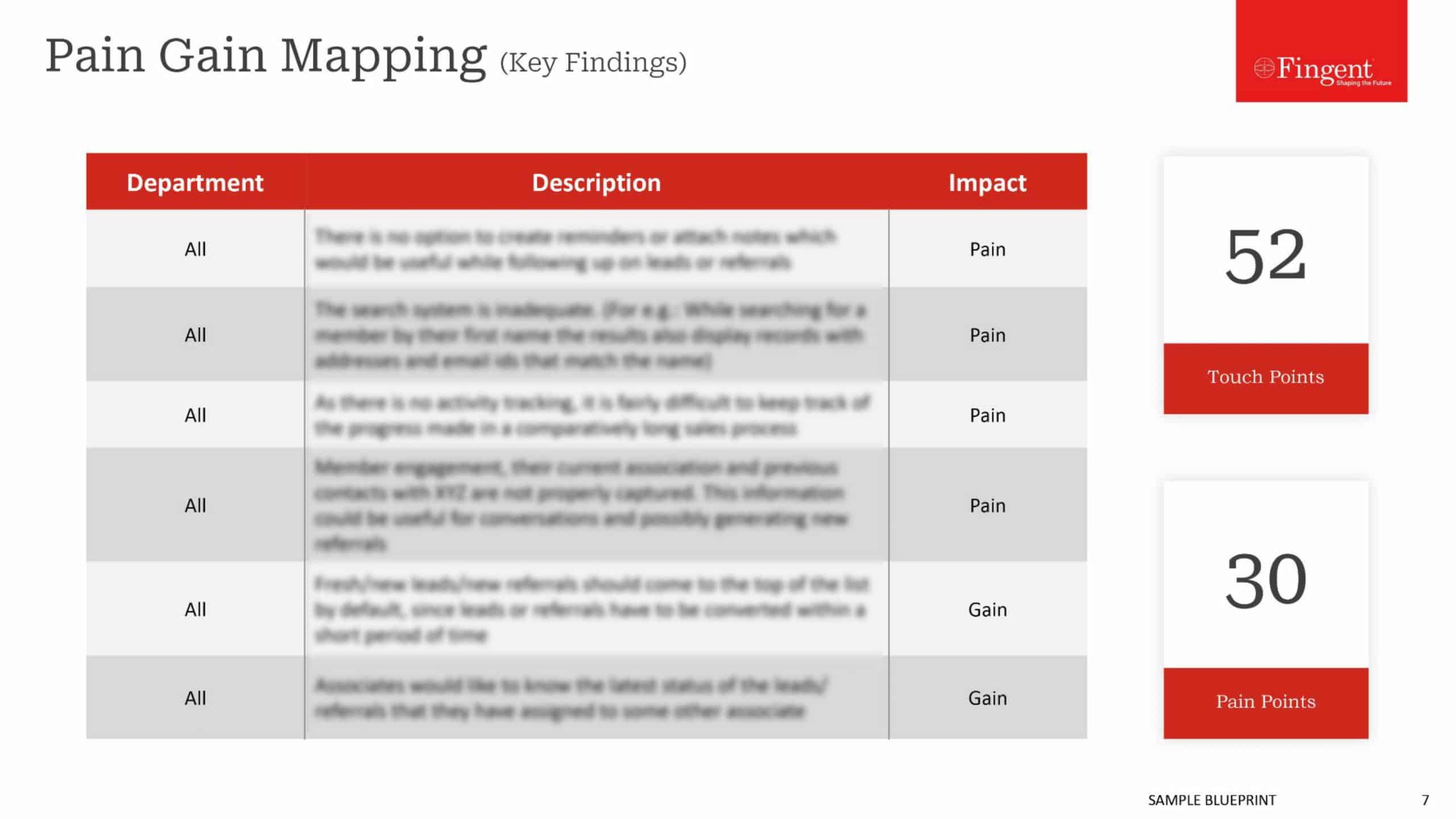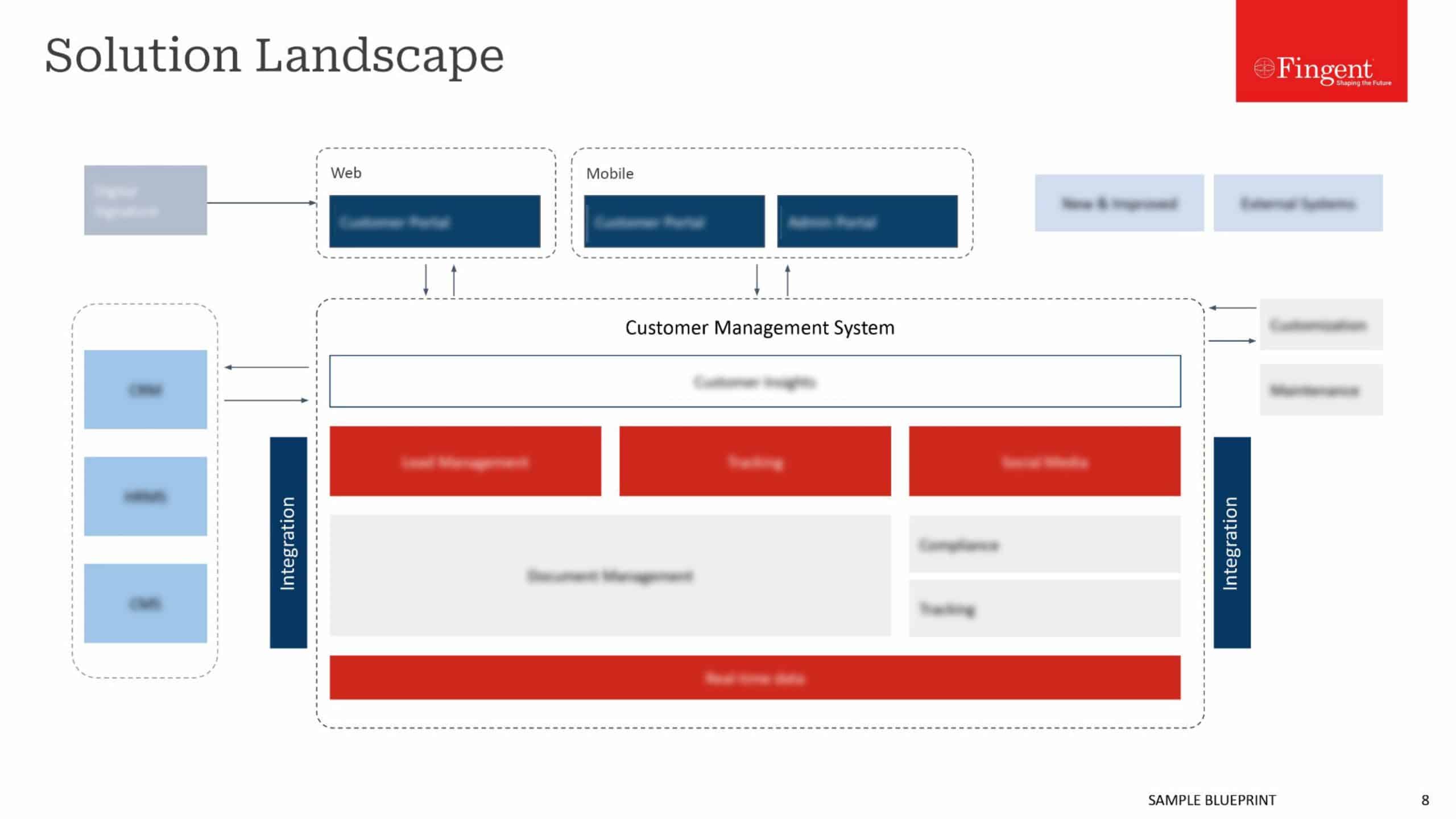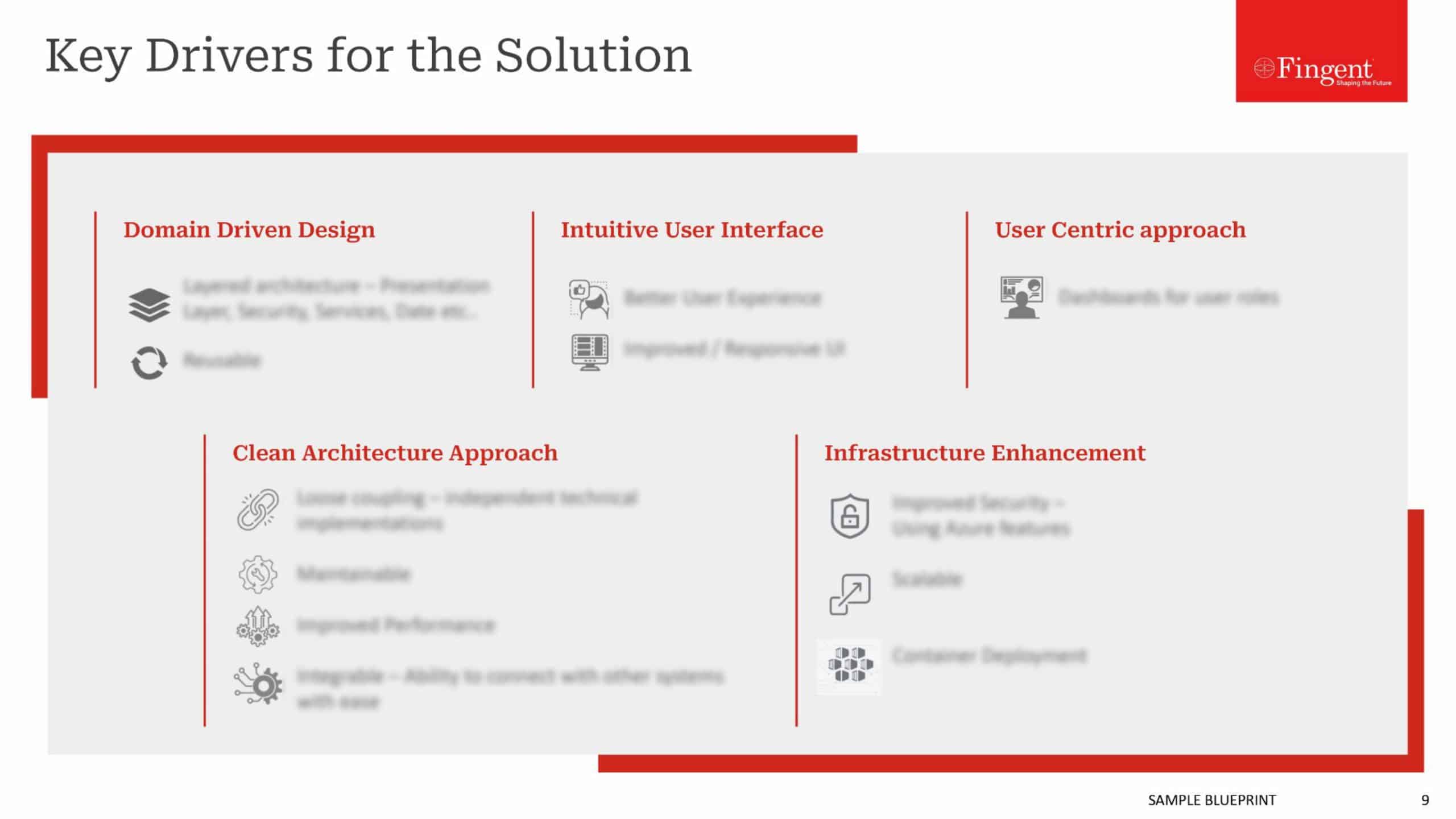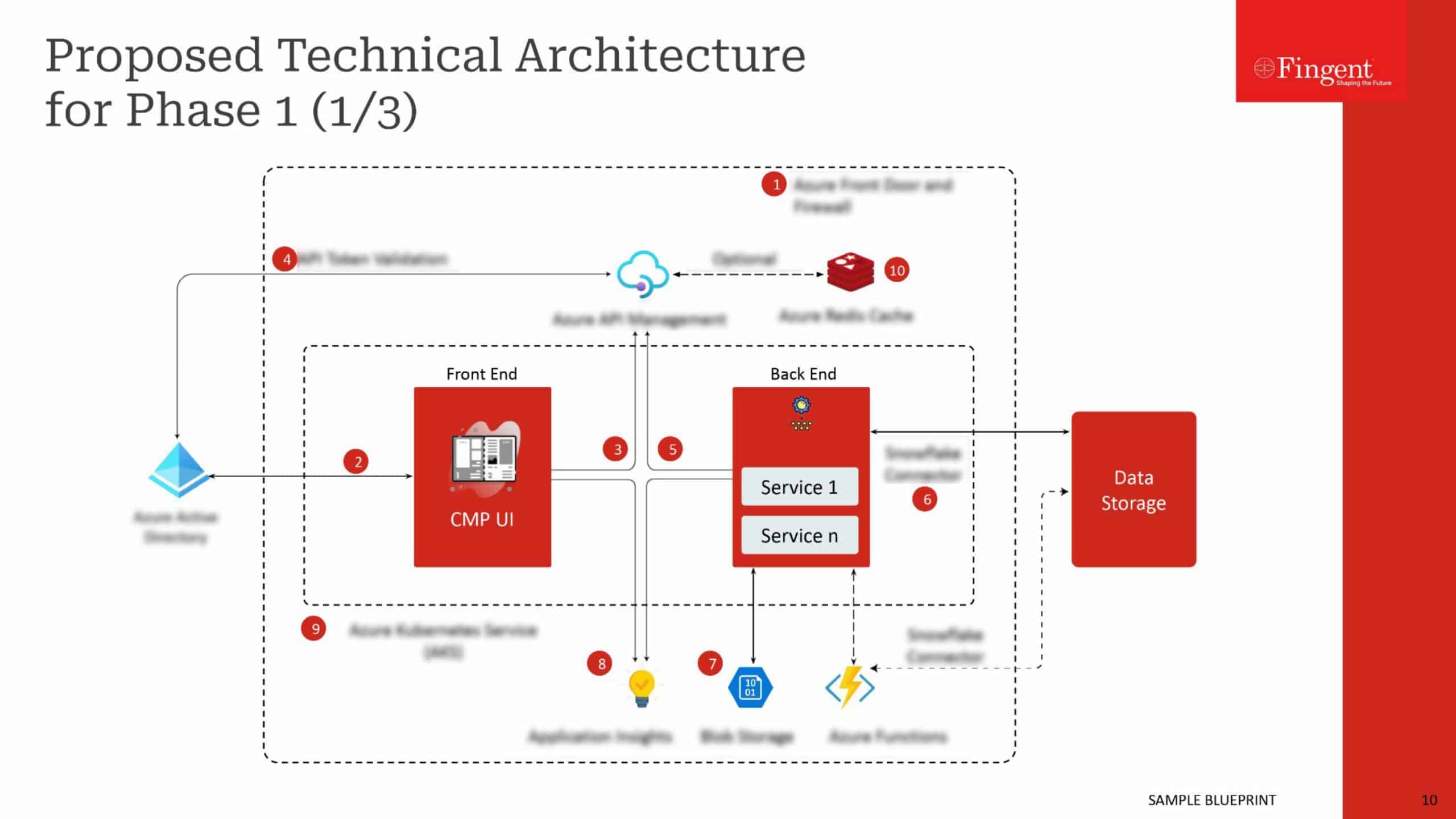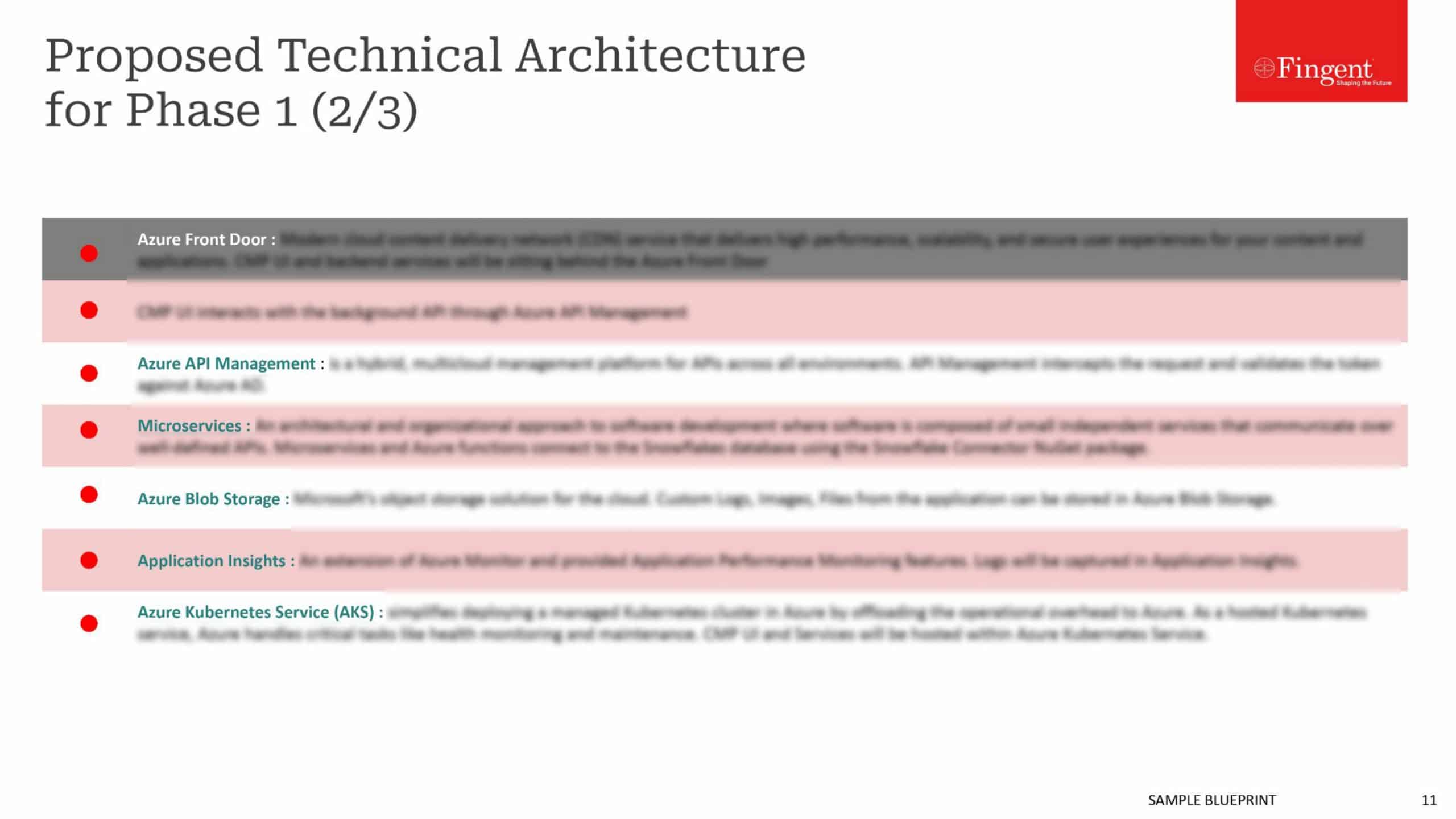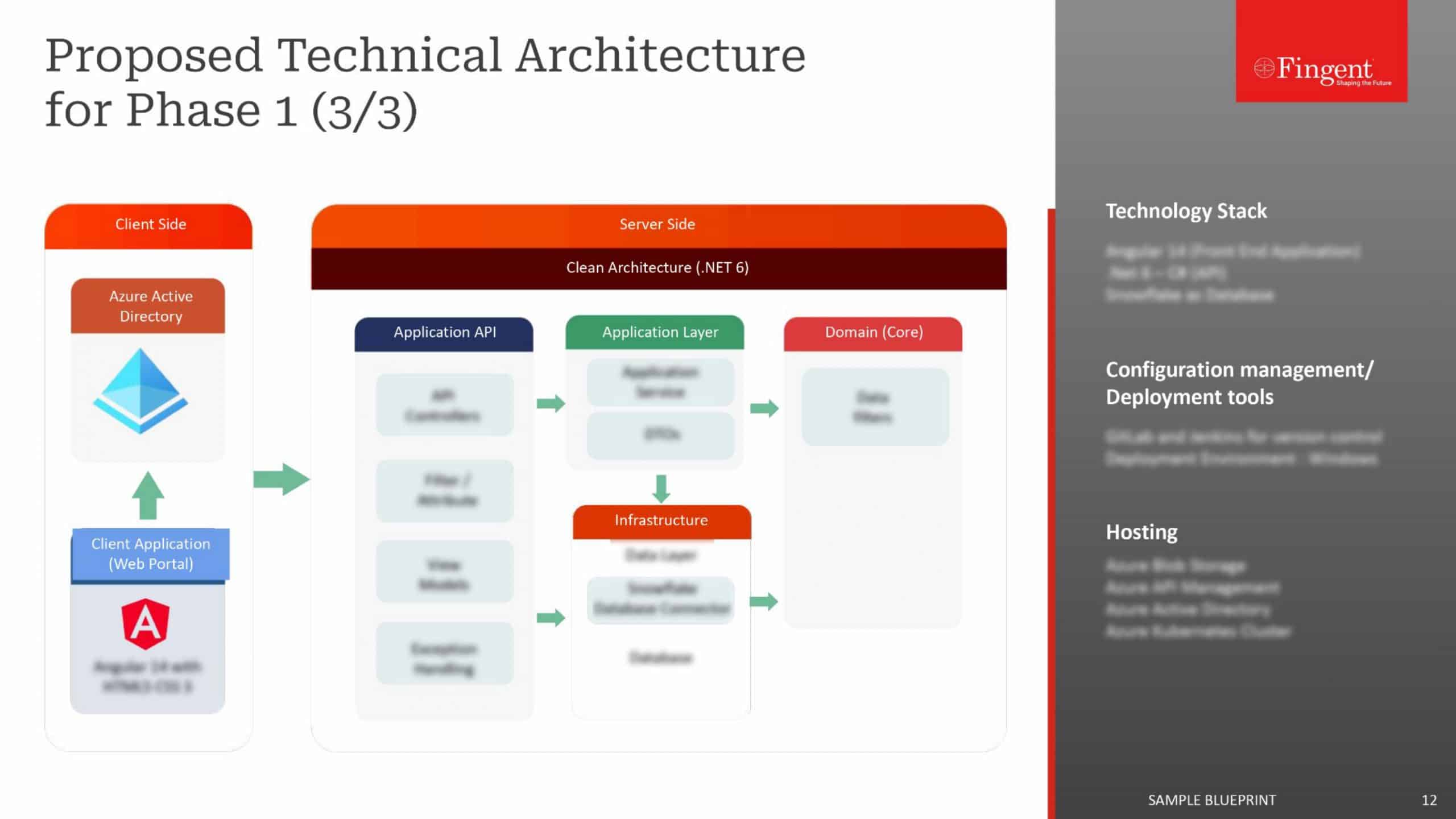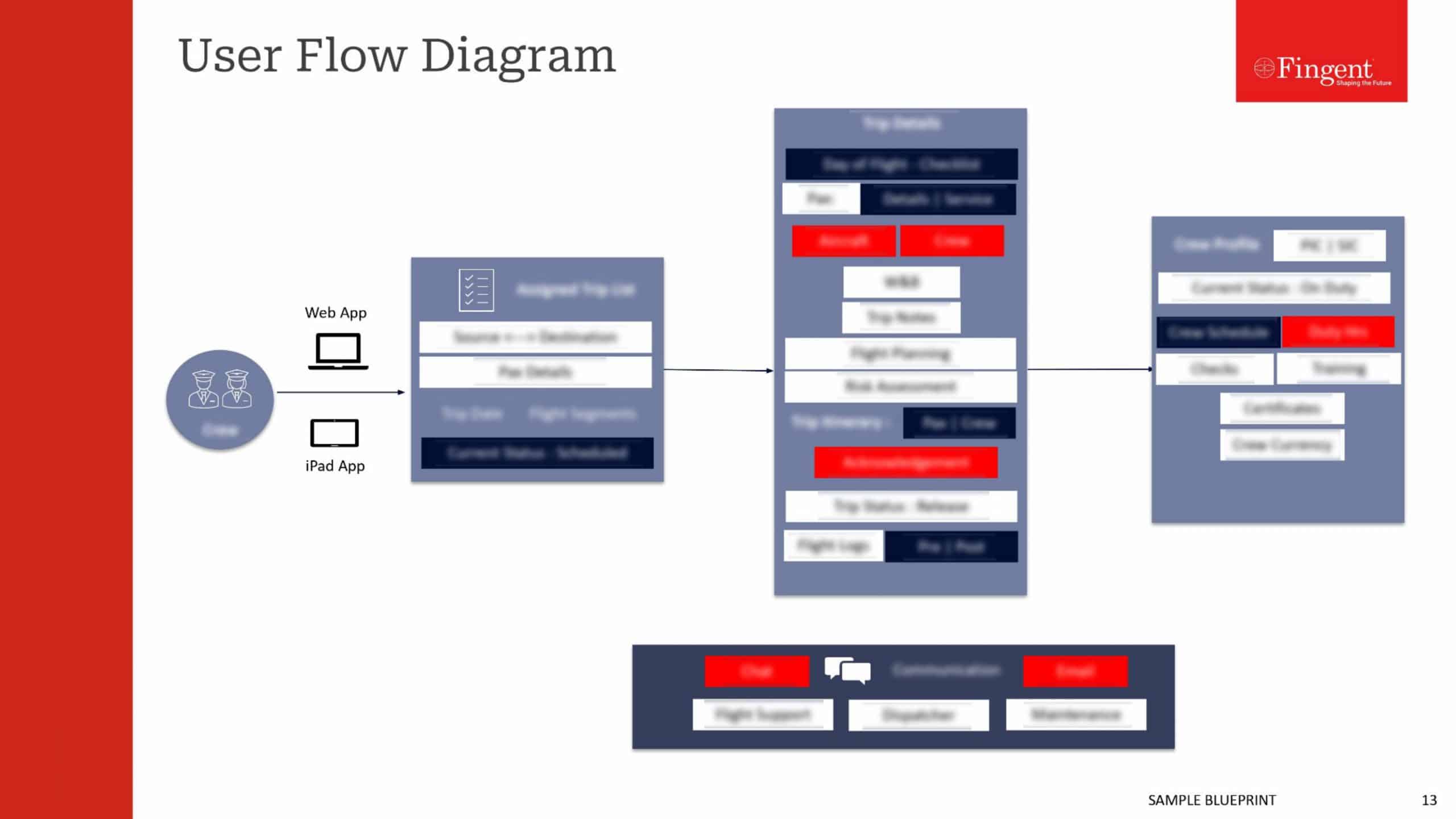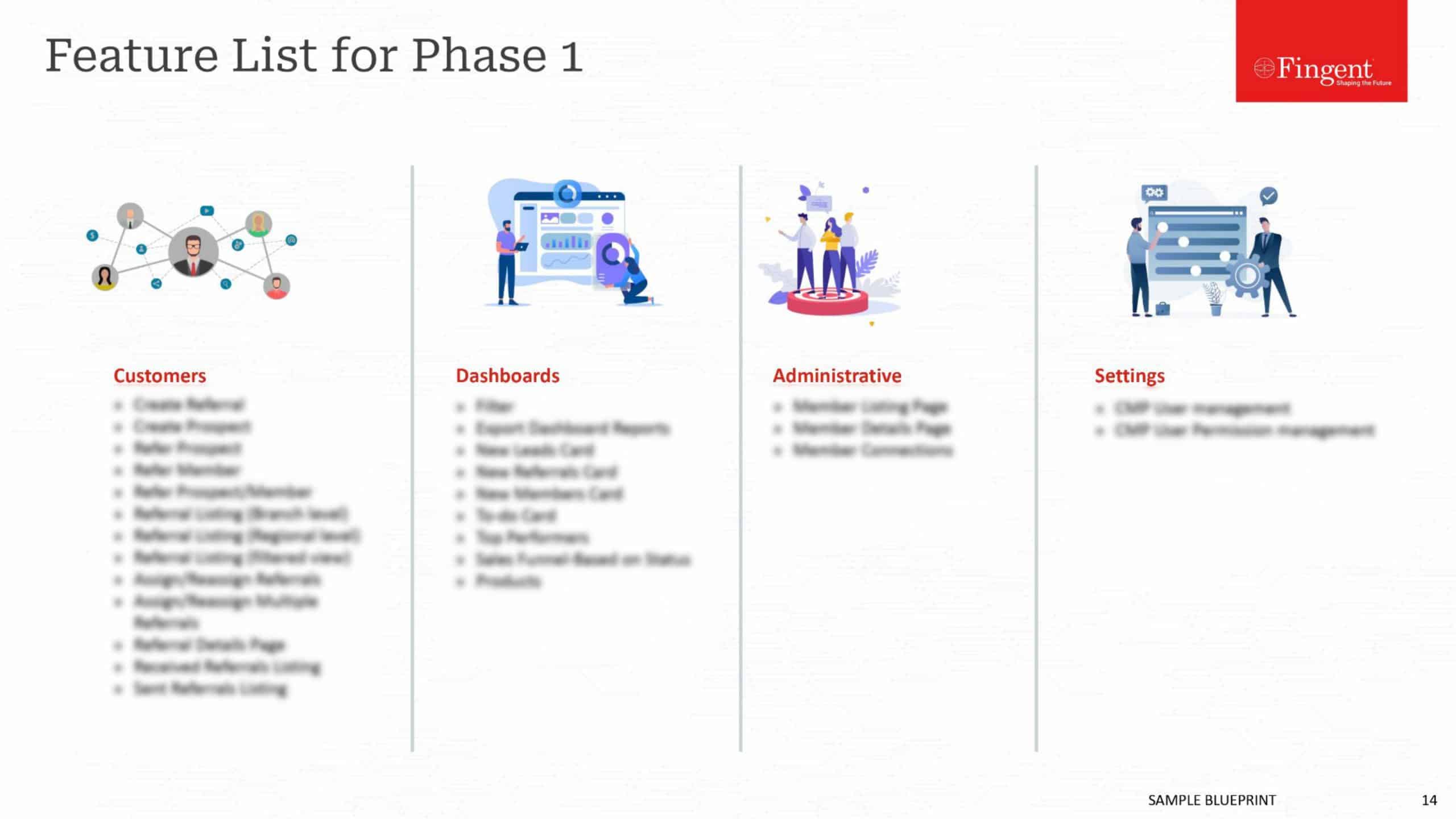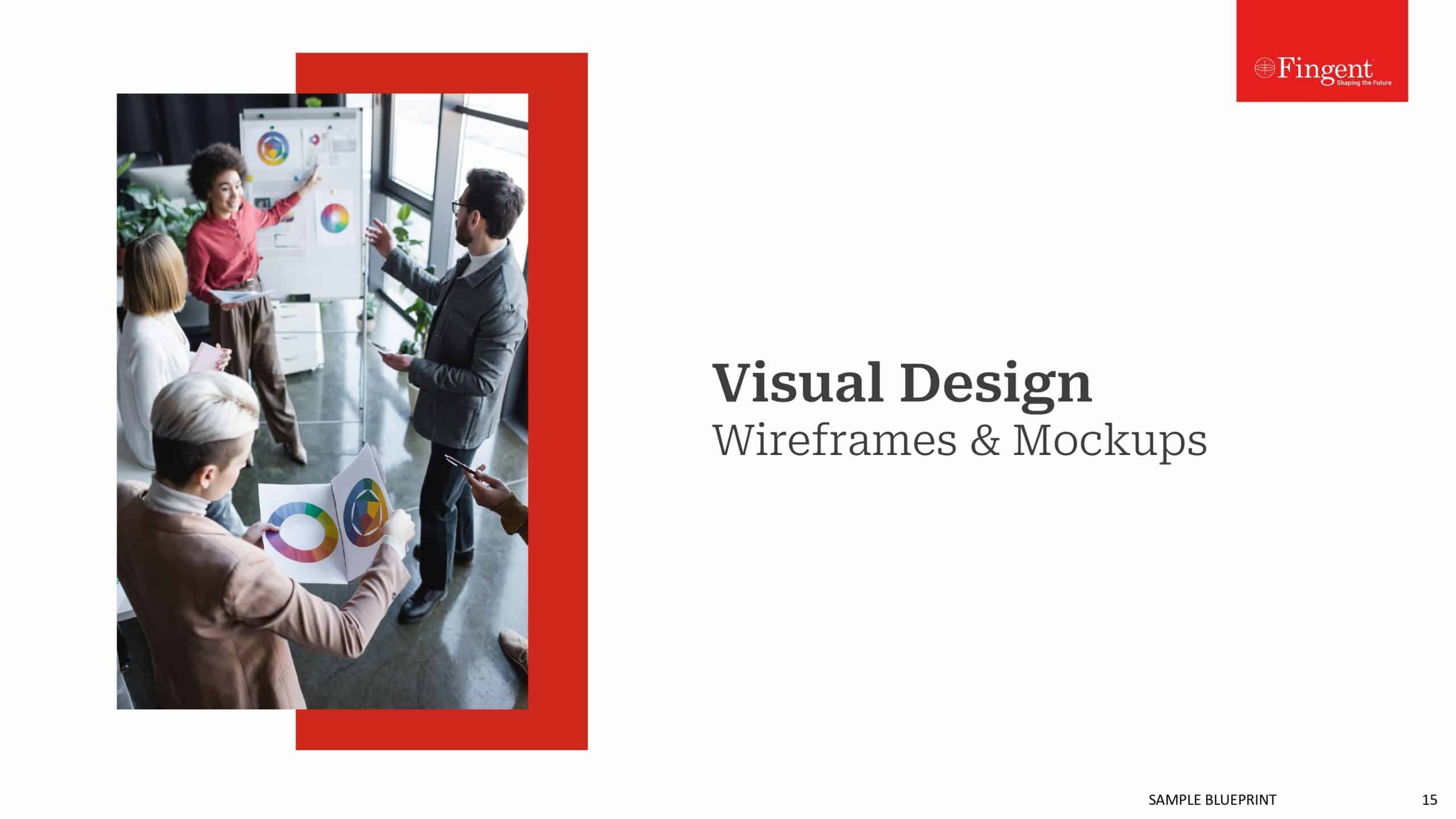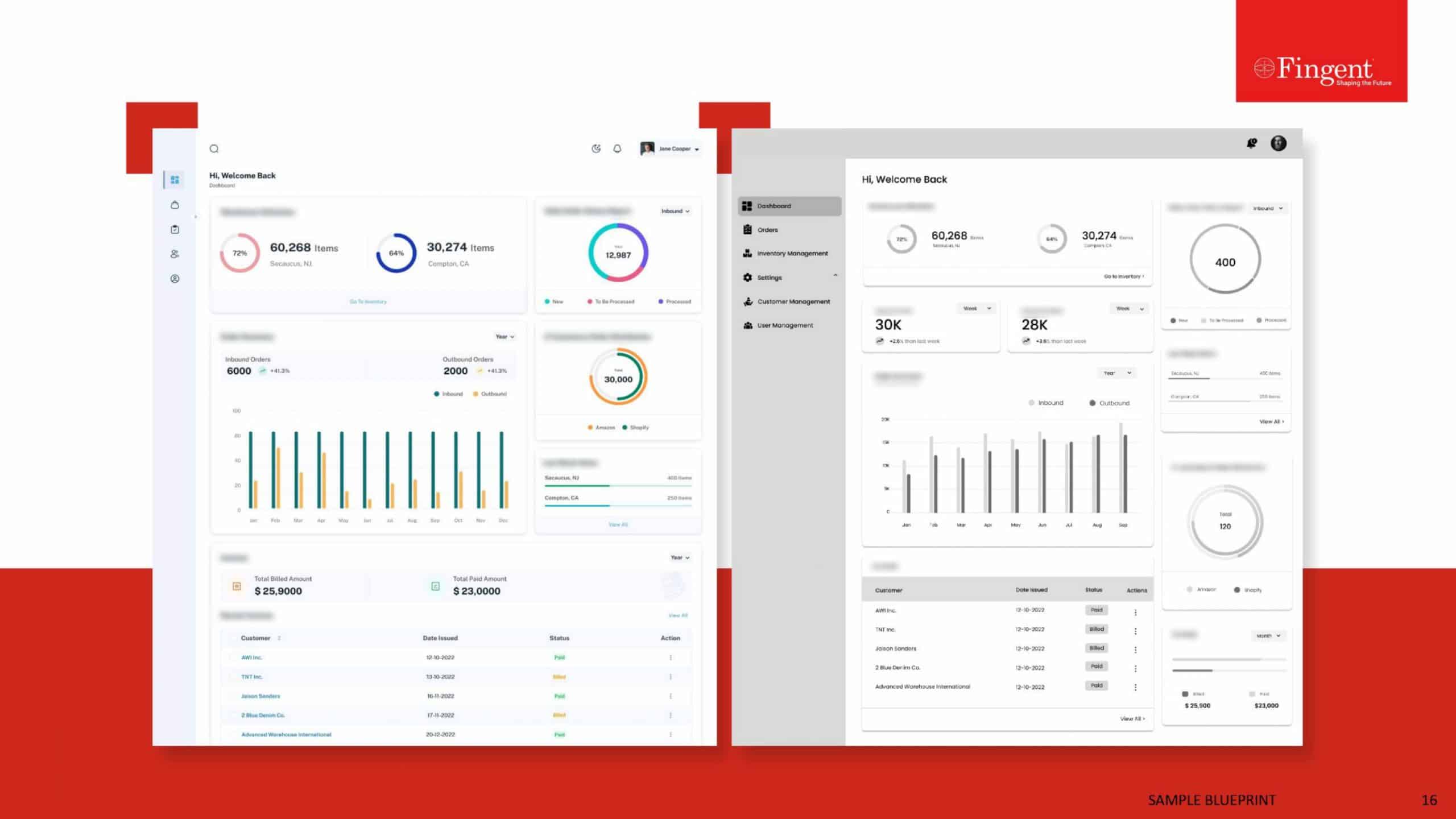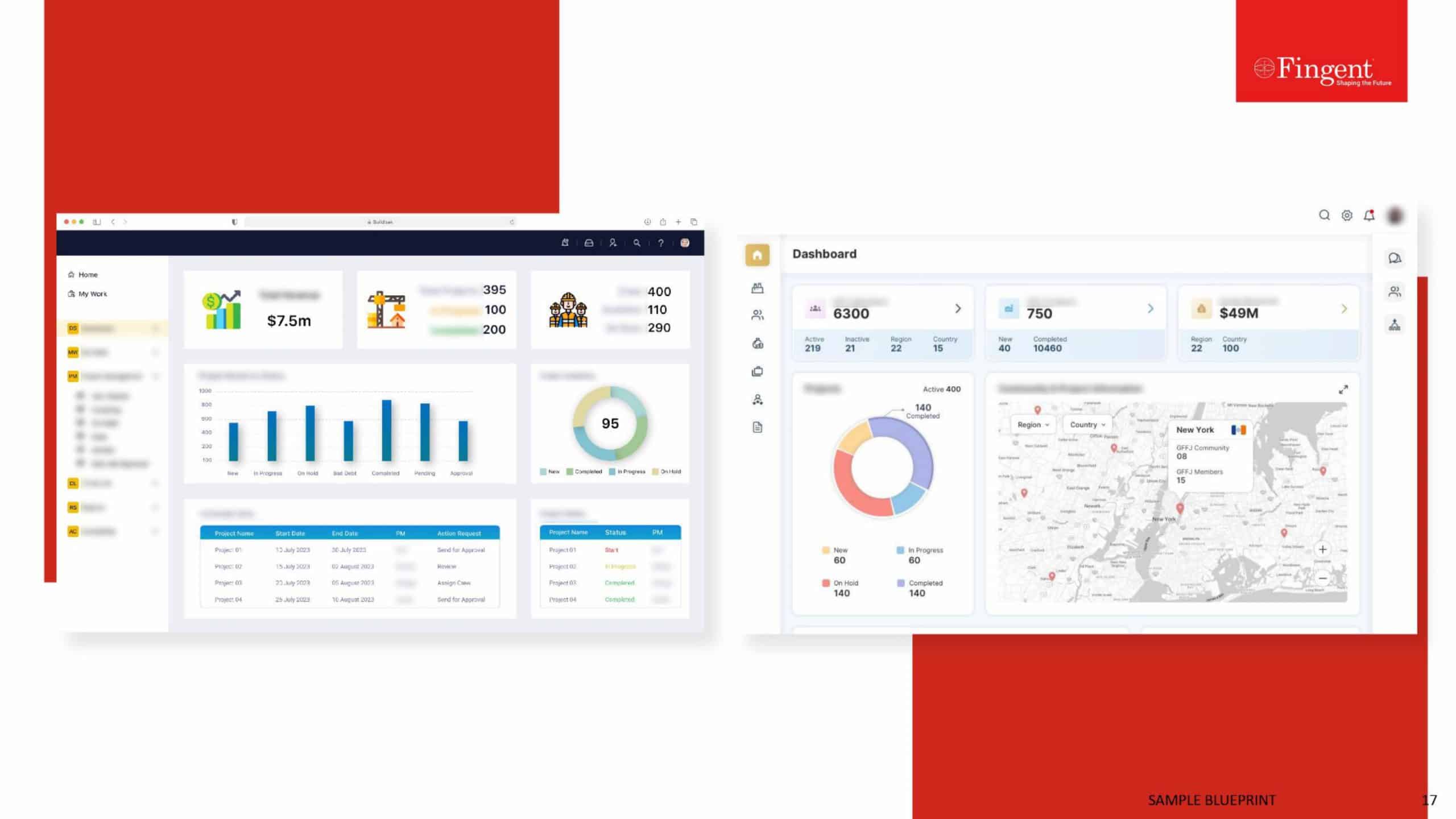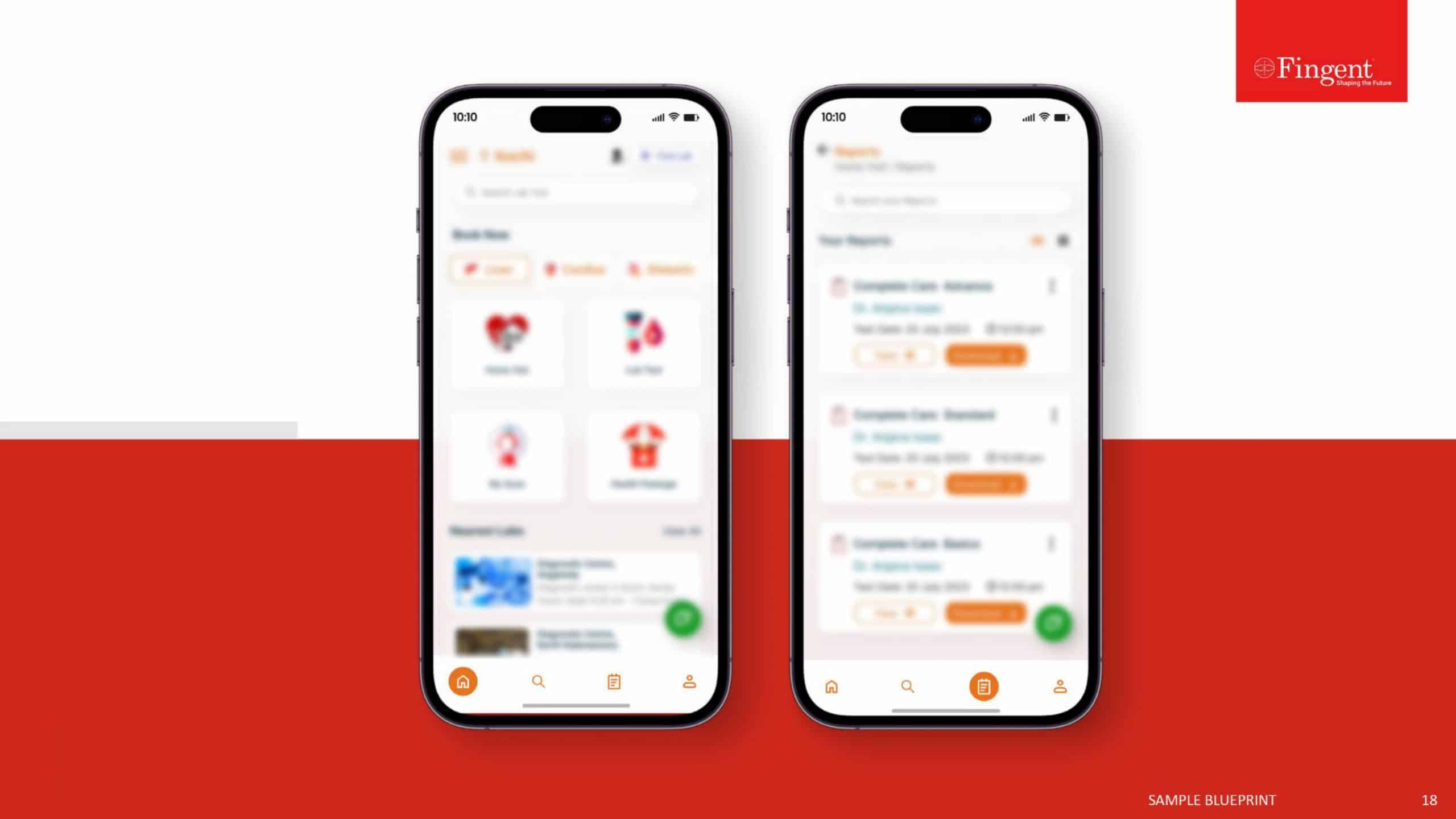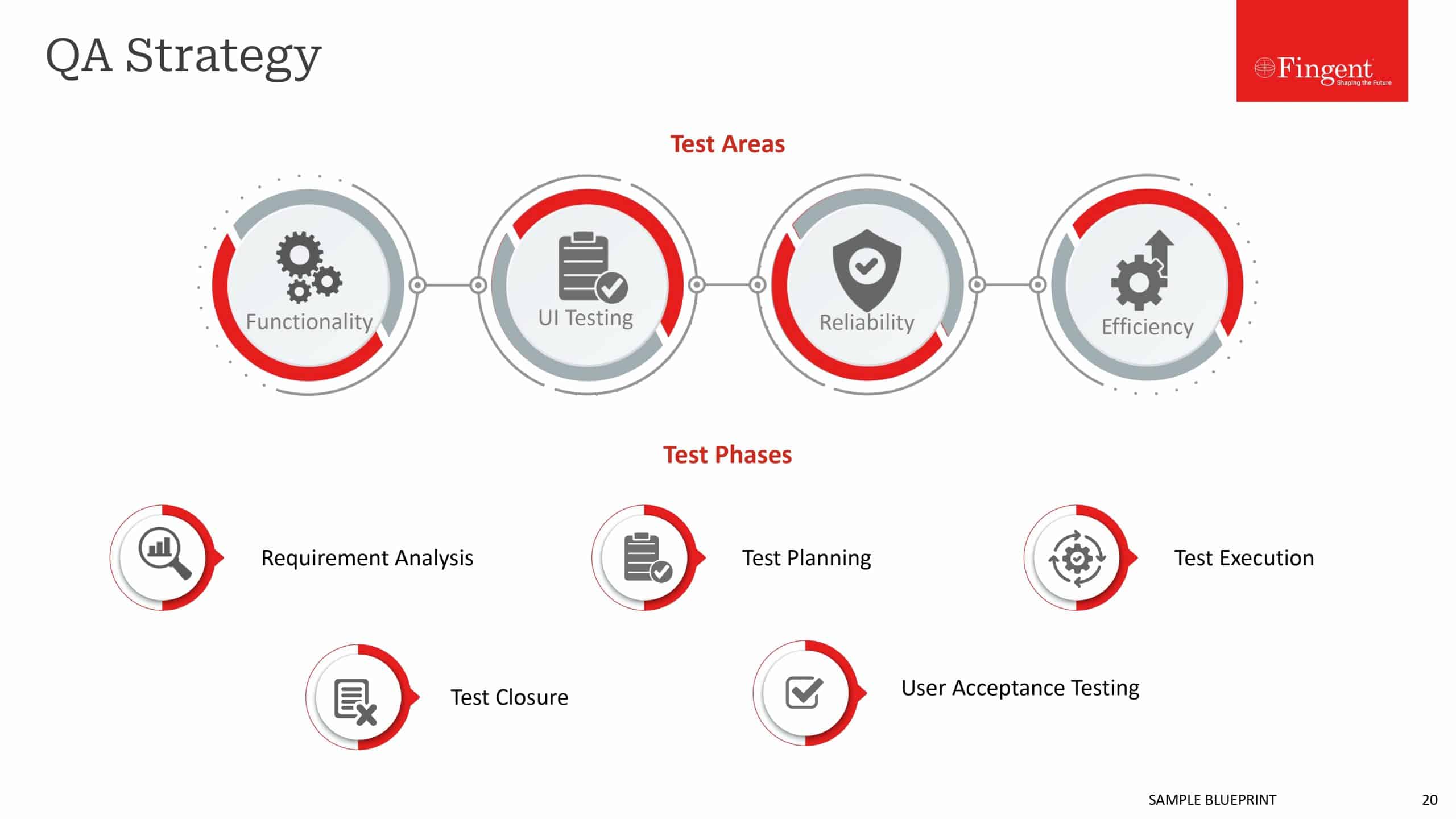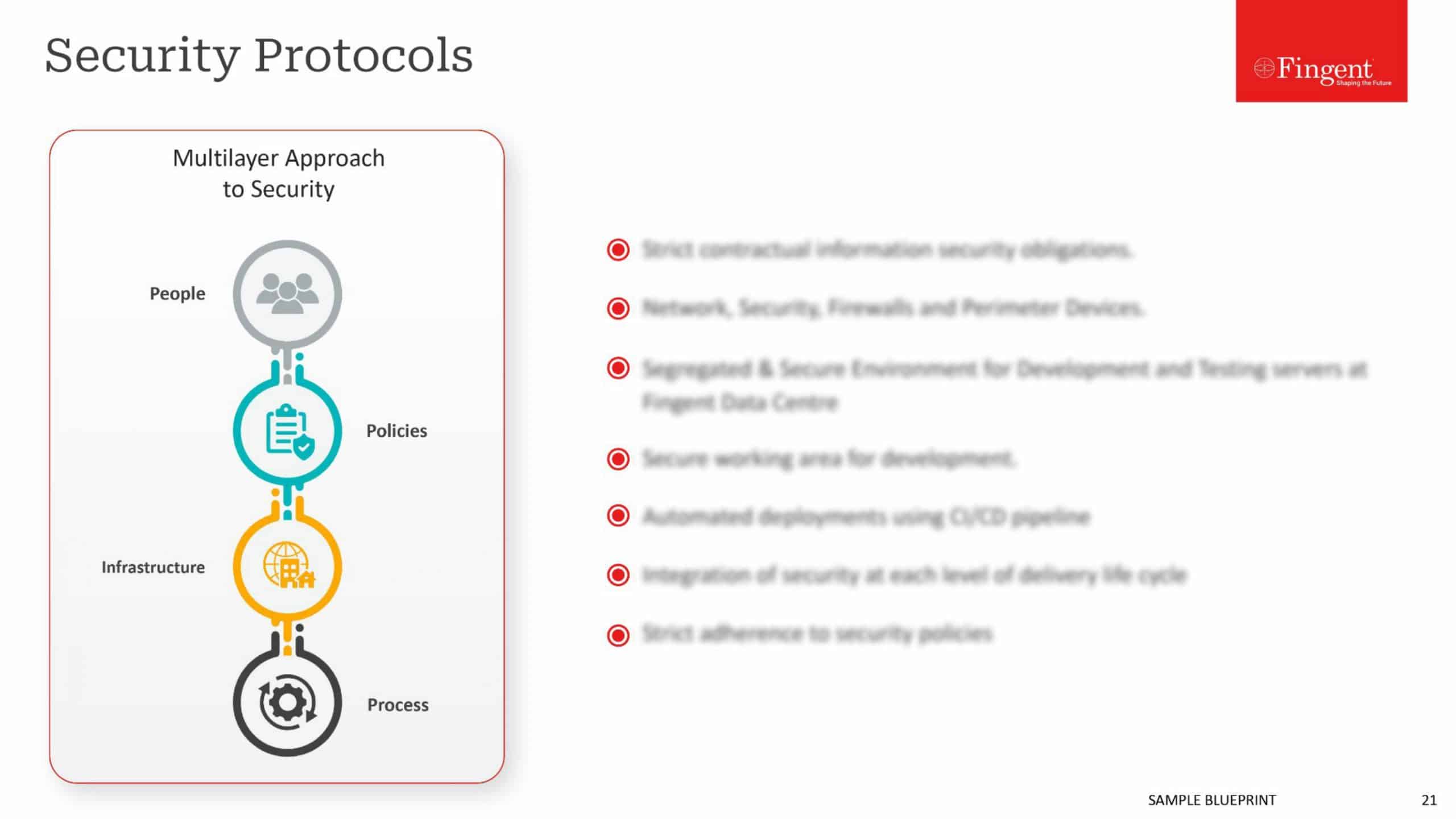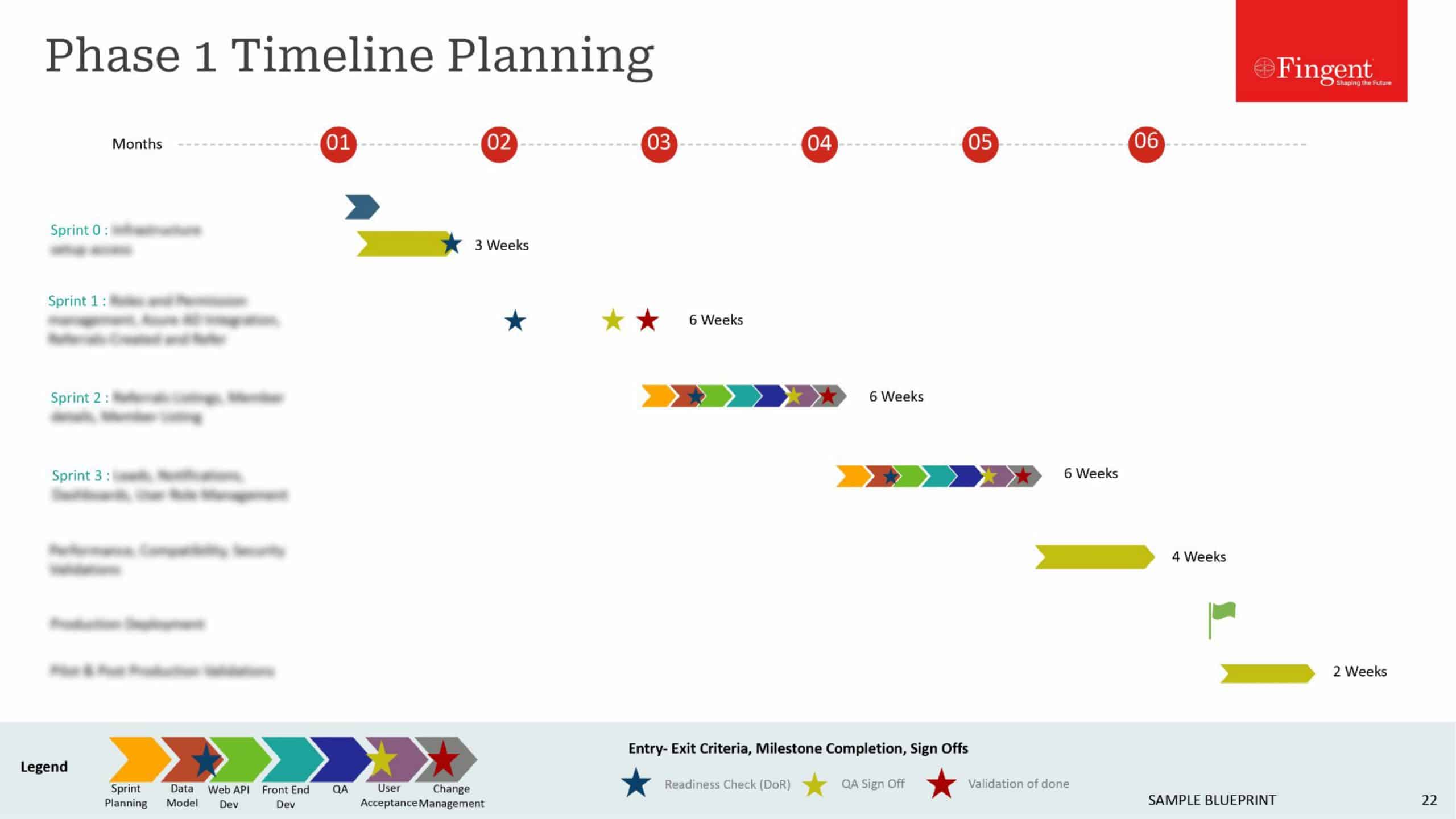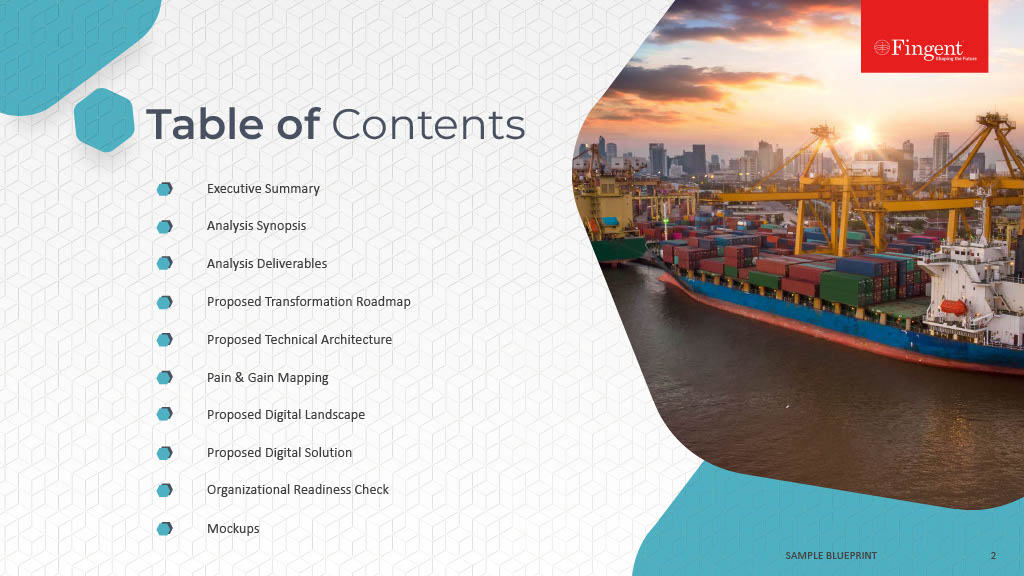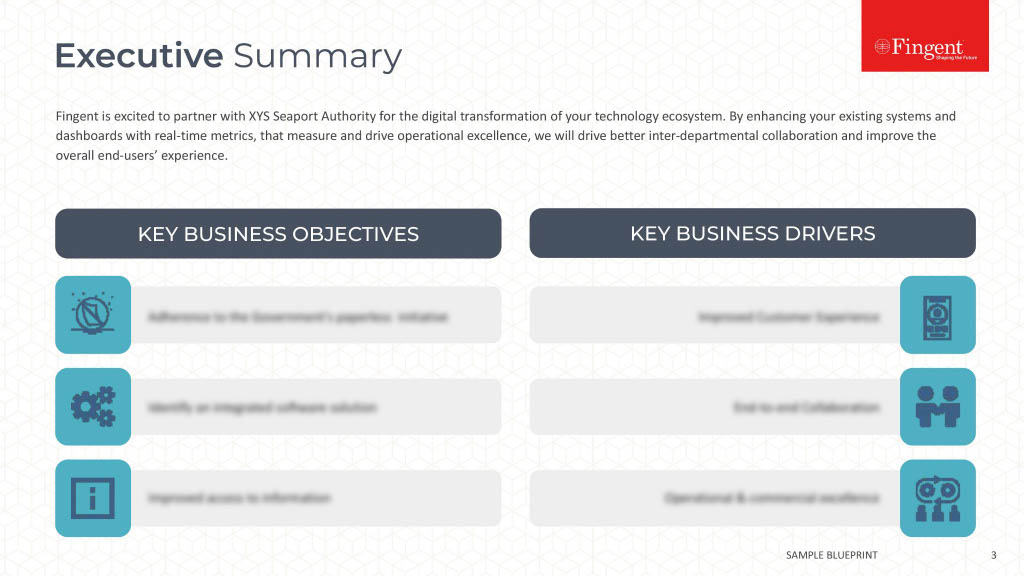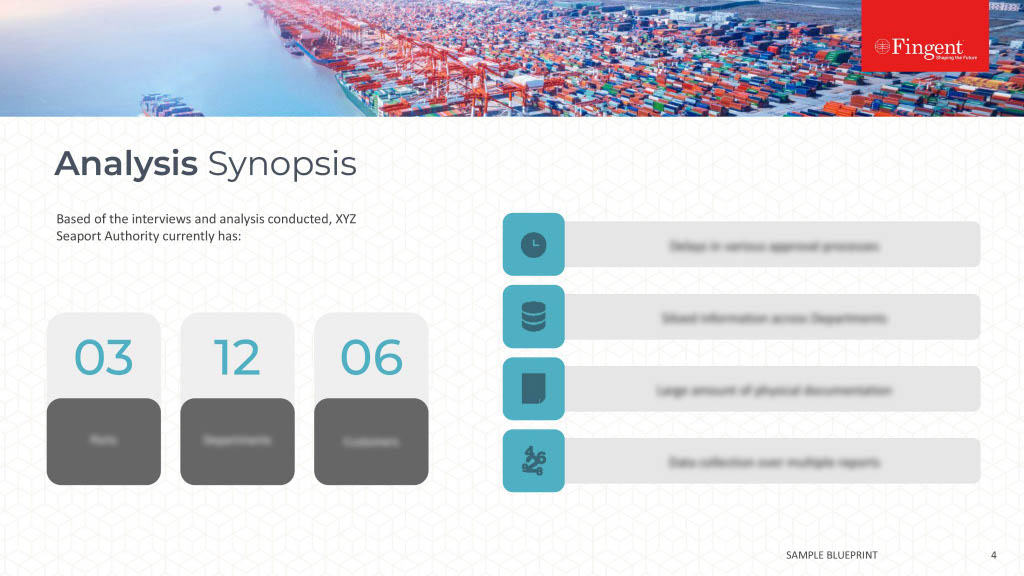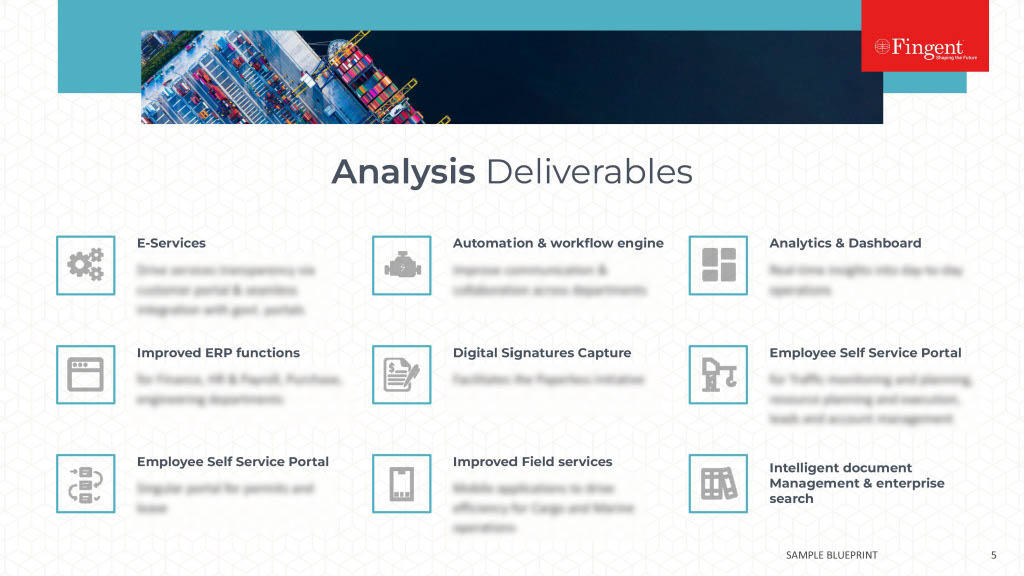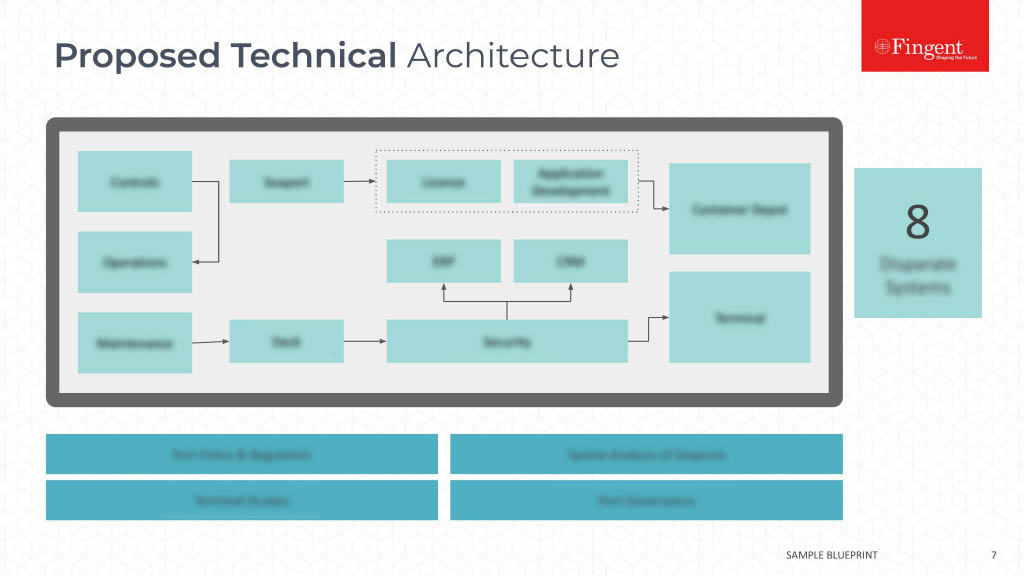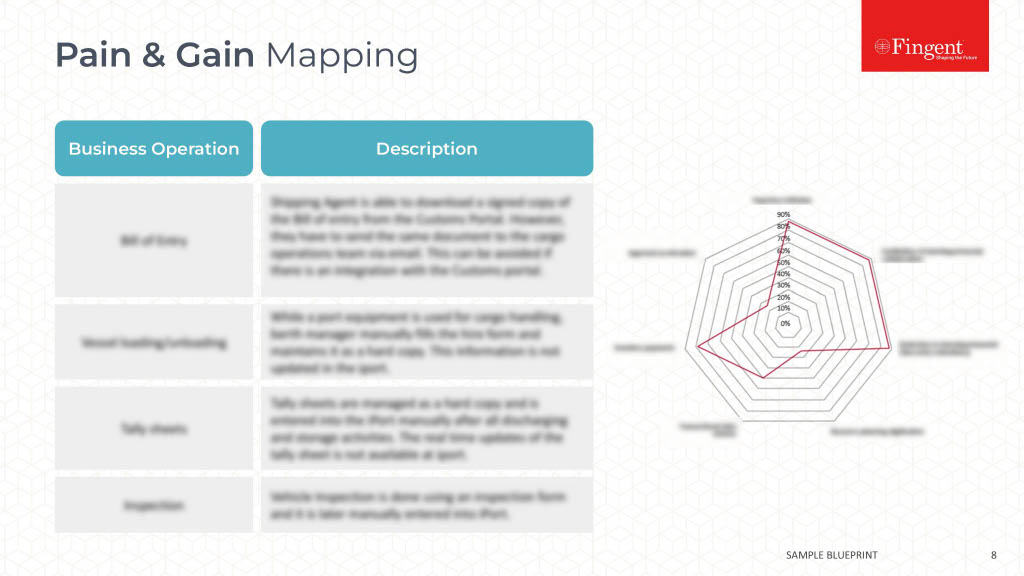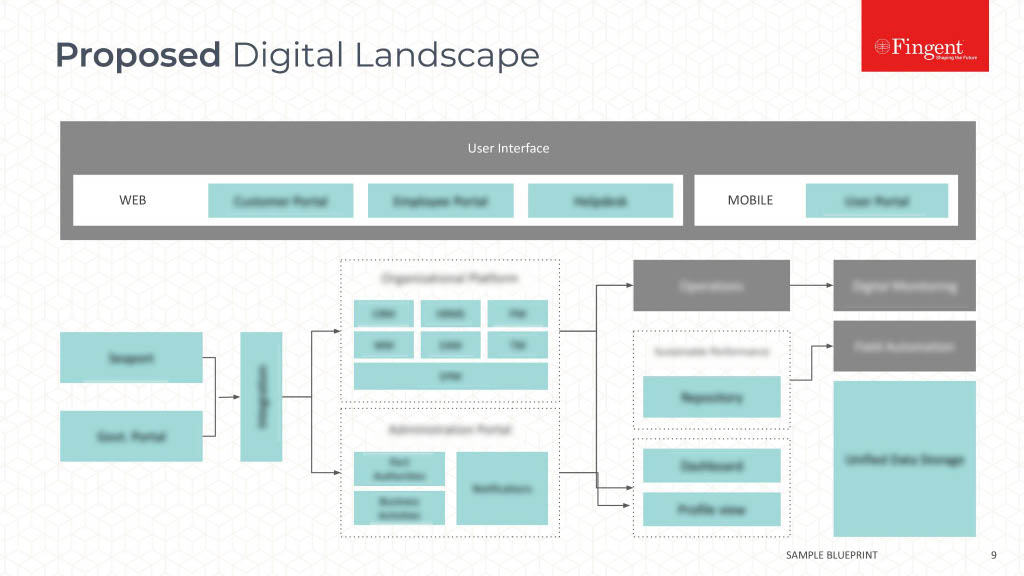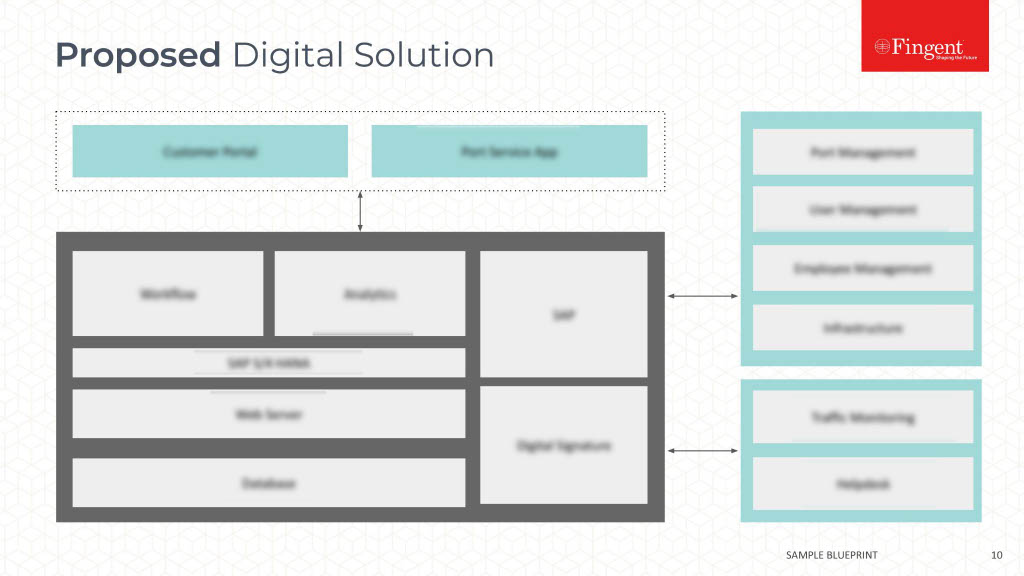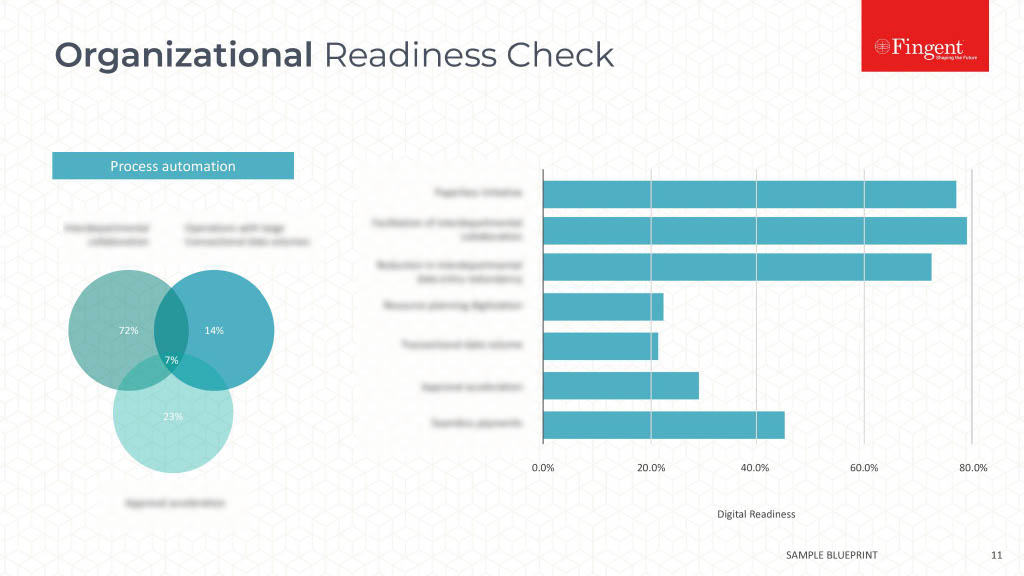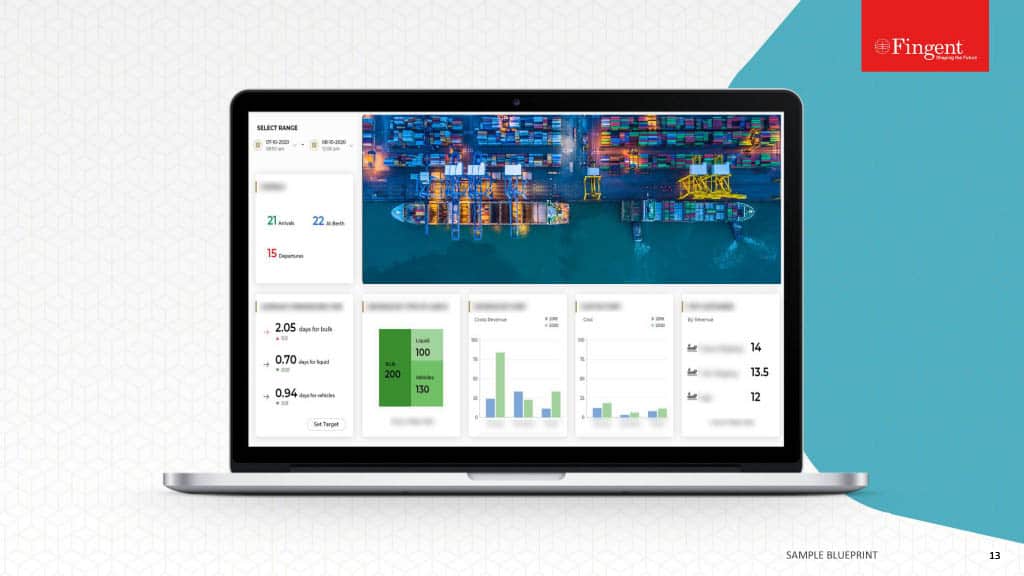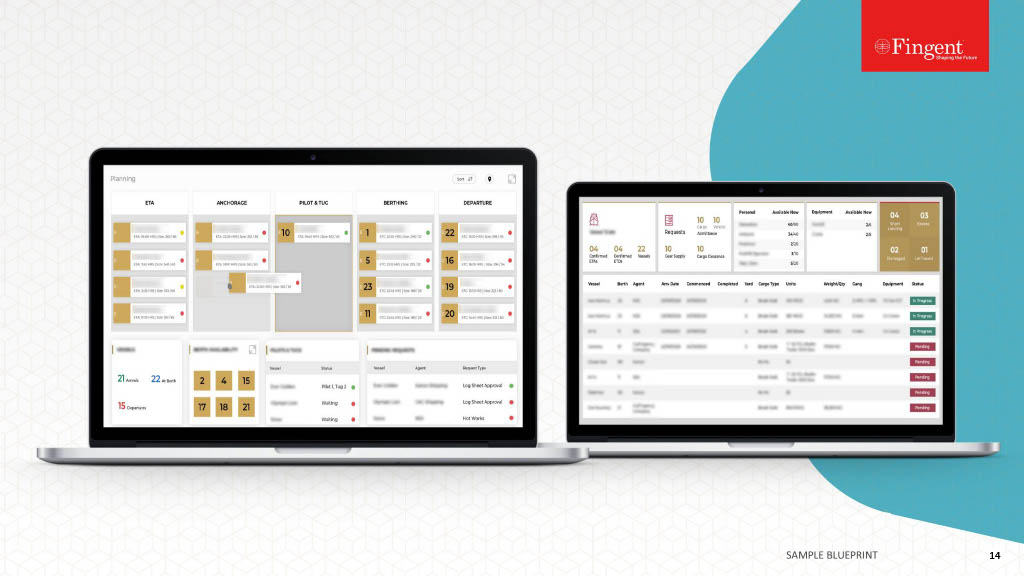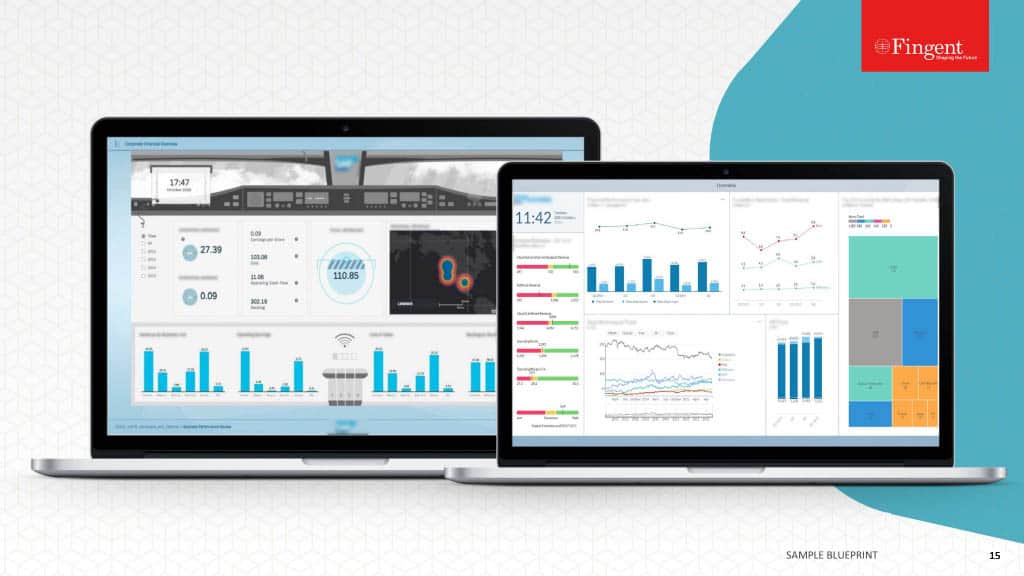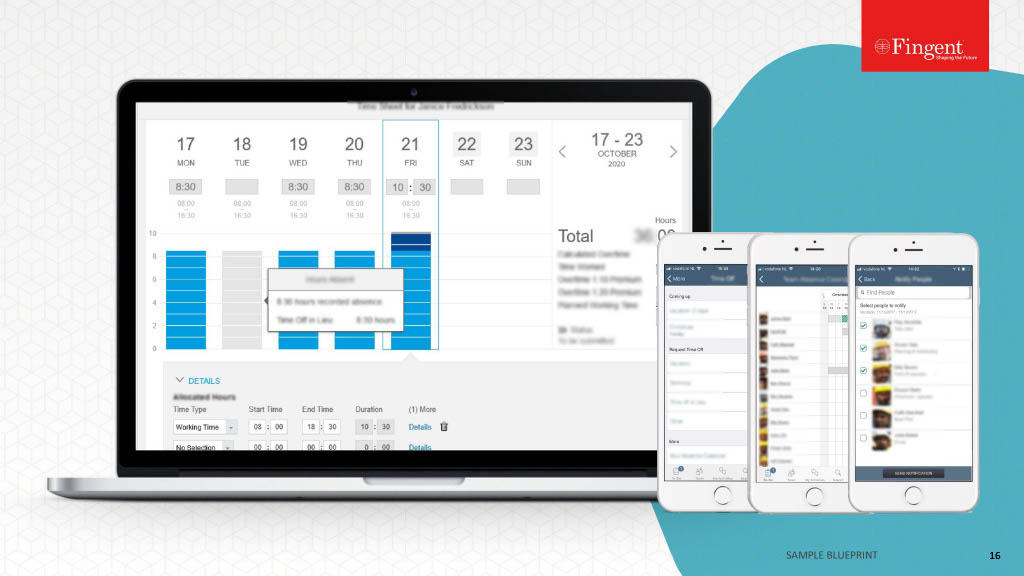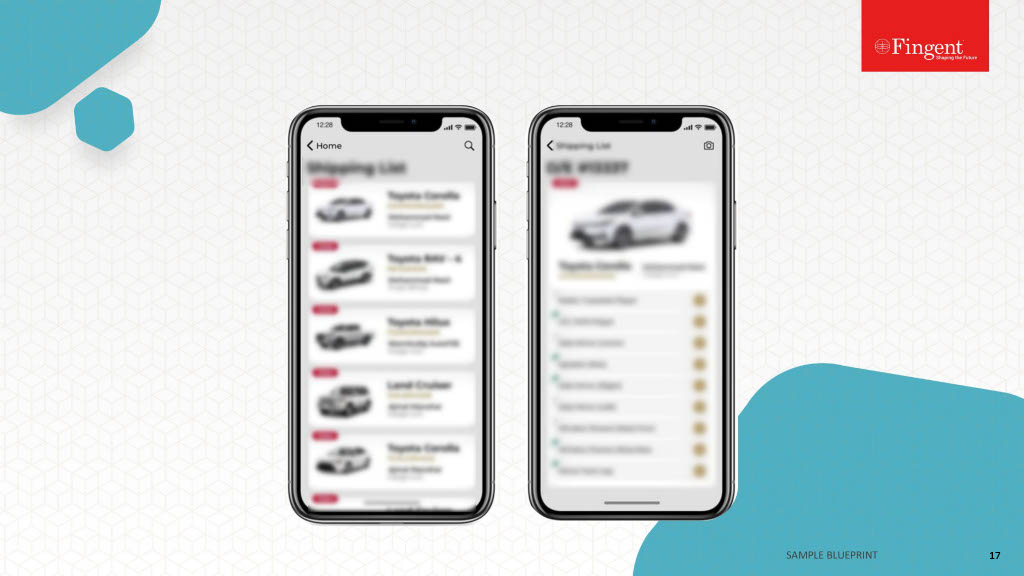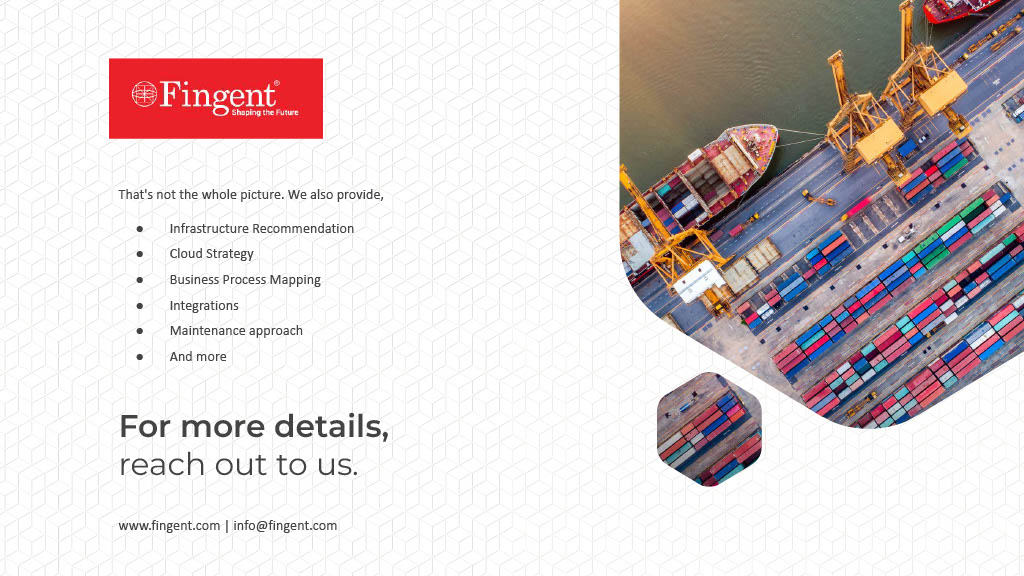Category: Digital Transformation
SAP Analytics Cloud: 7 proven ways it can help your business
From manufacturing to marketing, businesses worldwide face unforeseen challenges as they continue to meet the impact of the COVID-19 pandemic. Many organizations are accelerating digital transformation, establishing variable cost structures, and implementing agile operations to emerge from the pandemic stronger.
While most companies believe that the pandemic will negatively impact their business, some businesses feel that the consequences will be short-term. Although most firms have been affected by the pandemic, a survey shows that two-thirds of micro firms are severely affected by the crisis than 42% of the large companies.
Amidst this uncertainty, companies must consider how the pandemic’s continuation or return in different regions will impact their recovery strategies. Businesses must face this uncertainty by reassessing assumptions, re-evaluating scenarios, and strengthening their ability to respond.
Read more: 11 Practices Followed by Leaders to Build Resilience and Ensure Rapid Business Recovery
Simply put, now is the time for businesses to focus on supporting critical areas of their business that will help them stay relevant in the new environment and plan new strategies for what’s next.
Critical areas for businesses to focus presently
- Workforce
- Finances
- Operations and supply chain
- Strategy and branding
- Tax, trade, and regulatory
- Crisis management and response
What can businesses do?
- Leverage their crisis management team to focus on efforts in the wake of the crisis.
- Shift your focus on bringing back employees to work, assess your company’s response efforts to date, and evaluate areas for real-time course corrections.
- Use the insights the crisis has provided to help chalk out better strategies and capitalize on the opportunity for transformation.
SAP Analytics Cloud has changed the way businesses plan their strategies. It is a robust, agile analytics platform that helps firms arrive at faster and improved business decisions. Moreover, it delivers insights that can be used for enhanced decision-making and optimize resources across all processes.
Read more: How SAP Supports Effective Business Continuity Planning
Combining our functional and industry expertise with SAP Analytics Cloud, Fingent top custom software development company, delivers analytics solutions that drive your competitive advantage, reduce costs, and increase revenue.
What is SAP Analytics Cloud?
SAP Analytics Cloud or SAC is one of the best SaaS solutions that combines all the functionalities such as planning, predictive, business intelligence, and more in one user interface. It helps save time and effort while making improved decisions.
SAP Analytics Cloud comes in two modes: Private and Public. As the name suggests, the Private edition hosts only one customer while the Public edition offers multi-tenancy. Also, cost-wise, the public edition is less expensive than the private edition.
Also read: Fingent offers e-Invoicing integration for SAP ERP users in India – Stay compliant with GST India e-Invoicing
Top 7 business challenges solved by SAP Analytics Cloud
1. Planning and consolidating financial strategy in one solution
SAP Analytics Cloud puts together- planning, predictive, Business Intelligence, and augmented analytics competencies into a simple cloud environment that allows you to consolidate your finances, expenses, and revenues at a single source across your whole organization.
2. Discovering useful insights
SAP Analytics Cloud joins hands with machine learning and augmented analytics to help convert insights that deliver value across your business.
Augmented Analytics allows you to explore your data automatically, discover cycles and trends, and identify possible ways to effectively chalk-out your expenses and cost plans. These intelligent insights can be turned into an actionable plan using a personal sandbox environment that helps visualize your performance metrics and simulate potential budget outcomes.
3. Aligning plans across your business
There’s no denying that financial and operational planning is a must when working with multiple teams and stakeholders. SAP Analytics Cloud helps you make smart decisions. It comprises several collaborative enterprise planning tools that allow you to link and align your expense and cost plans across departments such as HR, sales, finance, marketing, IT, and supply chain in real-time. These benefits eliminate the need for sending out unnecessary emails enclosed with irrelevant plans and avoid collaborating without context.
SAP Analytics Cloud allows you to create and assign tasks with the calendar, communicate with your team in real-time with the discussion panel, and collaborate directly on your plans with the data point commenting tool.
4. Improving planning cycles with predictive analysis
Gone are the days of the tedious manual building of your expense forecasts. SAP Analytics Cloud includes exceptional machine learning and predictive analysis technology that can help you build accurate expenses and cost plans much faster.
You can use the predictive features to automate baseline expense planning forecasts based on previous data. You can then monitor plan attainment with real-time, up-to-date predictive forecasts. Its accuracy indicators enable data analysts (without any technical knowledge) to trust the data-driven predictions before including them into their planning process directly.
5. Enhancing strategic business decisions
With SAP Analytics Cloud machine learning technology, you can convert insight into action within seconds. Automated technology helps you avoid agenda-driven and biased decision-making as it provides you with insights that drive your business.
- Search to Insight – Natural language query generates visualizations to answer your questions instantly. Machine learning technology provides you with important trends quickly.
- Smart Insights – Machine learning technology helps you save time and focus more on high-value activities by allowing you to understand the significant contributors of data points without the need to pivot your data manually.
- Smart Discovery – This allows you to identify key influencers and relationships in your data to help you understand how business factors influence performance. Also, it can detect anomalies and help you take corrective measures. With machine learning projection, anyone can simulate the impact of strategic business decisions.
Case study: Automated Integration between SAP SuccessFactors-Employee Central and SAP S/4HANA – Find how Fingent helped the customer gain real-time insights for improved decision-making
6. Data modeling
SAP Analytics Cloud helps you plan and build the right model where your data is stored efficiently. With this end-to-end solution, you can immediately take action and start planning. The data modeling feature allows you to prepare your data for analysis. “Models” and “Stories” are the two key components of SAP Analytics Cloud’s BI function. Models allow you to enhance your data by cleansing, wrangling, establishing hierarchies, defining rules and conditions, and adding formulas. Stories give life to your data by letting you visualize your information through charts and graphs, which will help you gain valuable business insights.
7. End-to-end industry dashboards
SAP Analytics Cloud offers business content packages tailored to individual analytic scenarios. Each package entails aesthetically built dashboards, stories, and data models carefully designed for specific lines of business and end-to-end business scenarios. Also known as Analytics Content Network, this business content library offers tried and tested best practices for leveraging your available data and accelerating your go-live. The content network is customized to work with existing SAP data sources such as SAP S/4HANA or SAP C/4HANA.
Read more: SAP Focused Industry Templates & Automation Solutions
Today, businesses need to forecast changes ahead of time. SAP Analytics Cloud helps to anticipate and plan for the impact of the crisis on business. How a business responds to challenging situations determines its strength and potential to recover.
Fingent is an SAP Silver Partner. With our expertise in cloud computing and SAP services, we can support you through this critical time and help stabilize your business operations and strategize for the future. Get in touch with our expert to discuss your requirements.
Stay up to date on what's new

Featured Blogs
Stay up to date on
what's new



Talk To Our Experts
Stay up to date on what's new

Featured Blogs
Stay up to date on
what's new



Talk To Our Experts
The Future of FinTech Looks Promising: Here’s Why!
The COVID-19 pandemic has caused significant disruption and has also cast doubts on the future and growth of the FinTech industry. Despite the devastating impact of the coronavirus pandemic on the global economy, FinTech leaders remain cautiously optimistic about the industry’s growth. They forecast that as people, businesses, and leaders tackle the ongoing outbreak of the pandemic, market fluctuations will experience stability. As soon as the crisis situation is settled, the market is forecasted to start experiencing growth. FinTech solutions are foundational to how we transact in the current scenario and tackle the future market. It is vital for financial institutions to up their game to deliver smarter, quicker, and safer solutions.
What are the upcoming FinTech opportunities that will impact everything in the financial ecosystem?
The ‘Digital-Only’ Era
1. Digital payment services
The coronavirus crisis has brought the significance of cash management to the forefront. There are massive technical and fundamental shifts taking place that are quickly becoming the new normal. Digital-only banks are one of the many such shifts and they increase efficiency and convenience. Nobody is expected to visit the bank physically, stand in long queues, and go through a lot of paperwork. With digital-only banks, you can create an account or transfer money at a location and time convenient for you. Some of the amazing features of digital-only banks are a quick review of account balance, account transaction history, bill payments, and real-time analytics. They offer P2P payments with no transaction fees. They also offer Ethereum and other cryptocurrency transactions. Digital-only banks have a deep connection with technologies such as blockchain.
Read more: How Digital Finance Could Boost Growth in Emerging Economies
2. Digital lending
Digital lending is one of the FinTech opportunities that’s prospering while shutdowns and layoffs across the globe resulted in a cash crunch for most individuals and households. Governments have provided some help. However, it is largely left up to financial institutions to provide loans to individuals and businesses. Fintech companies perform better than their traditional counterparts in the lending segment by leveraging AI technology. They can use AI to screen applicants and rate their credit-worthiness. It allows loan applicants to secure loans quickly and conveniently.
Financial institutions must partner with FinTech application development service providers to leverage self-service, multi-channel digital lending processes. This includes loan processing, screening, collection, and credit scores. As an end-to-end process, it will provide customers with a smooth onboarding and approval lending experience.
3. Digital investing
Retail investors around the world are more active in the stock market now than ever before. Access to information that was previously restricted to more advanced investors, has fueled an exponential increase in retail investing. This trend will continue.
Read more: FinTech Innovation: What Is In-Store?
The Era of Blockchain Technology
Identity theft and fraud have been the bane of financial institutions for many years. Blockchain technology plays a crucial part in saving the industry from these problems. The rapid growth and adoption of blockchain is making it an integral part of financial institutions’ operational infrastructure including digital payments, trading shares, smart contracts, and managing identities. Blockchain features such as global reach, speed, and security are motivating its faster adoption among financial institutions.
Companies must build trust and display transparency in contracts and the supply chain. Using blockchain helps them gain visibility throughout the supply chain. It also takes care of quality control and performance benchmarks. It is crucial that financial services quickly adopt blockchain into their systems and search for opportunities to increase FinTech partnerships.
Read more: Leveraging Blockchain Technology to Transform Supply Chain Industry
Impact of Regulation
Regulators are needed to balance innovation with customer interests. Regulators have been proactive in helping businesses deliver greater customer value by defining data privacy rules. This has fueled a massive shift in how people spend, buy, save, borrow, and invest. Given the enormous innovation in this sector, the FinTech arena is divided into five broad categories:
- Deposit, lending, and capital raising
- Payments, clearing, and settlement
- Investment management
- Insurance
- Market support
We know that compliance with regulations will become mandatory for banks. This makes it important that banks adopt a flexible and robust digital strategy in order to solve regulatory challenges. Leveraging digital transformation and FinTech innovation will help banks to evolve as a modular body that becomes highly responsive to political and social pressures.
Read more: Digital Transformation in Financial Services: All You Need to Know!
Robotic Process Automation
Robotic Process Automation (RPA) can automate repetitive processes in banking, insurance, and other financial services. This will lower the risk of common errors and inefficiencies while increasing productivity and ROI. RPA does not require programming. Efficiently programmed software robots can automate repetitive processes. Intelligent automation technology goes a step ahead to observe human actions and automate directly, the entire process. IA can be effectively used in the administrative section for the customer onboarding process, risk assessment, data analysis, security checks, and more.
Read more: How Robotic Process Automation Is Revolutionizing Industries?
What must you do to take advantage of these opportunities?
Here are a few things you can do to leverage the massive opportunities made possible by the digital-only era:
1. Infrastructure
Financial institutions must invest in the right technical infrastructure. With multiple technology options available in the market today, it is imperative for financial institutions to make the right decision based on the company’s needs and objectives.
2. Market proposition
Develop a clear market proposition. You must partner with FinTech companies to develop robust and scalable apps. Having them as trusted advisors will help you retain your customer base.
3. Partnership
Before partnering up with FinTech companies, you must examine their needs and plan on how they want to execute them. This will help you derive greater benefits from the partnership.
4. Product hierarchies
Incorrect product or service information can damage the good reputation of your company. Have a clear definition of products and services and outline their use and cost. This will minimize reputational risk and maximize the opportunity to retain and acquire customers.
5. Switching
Most bank customers may want to switch their accounts. You must allow switching and help your customers to switch seamlessly between products.
6. Educate your customers
Your customers may not be aware of the digital services you provide. Hence, it is important that you educate your customers regarding the use, safety, and implications of your digital technology.
Read more about our Case Study: How Fingent enabled NEC Financial Services to take advantage of the FinTech revolution?
 Explore FinTech opportunities
Explore FinTech opportunities
Access to data presents new opportunities for growth. With continuous technology penetration, financial services will see steady growth resulting in the expansion of FinTech. In many ways, FinTech contributes to the revolutionization of the financial sector and the way customers interact with your business. It offers your customers a hassle-free experience and helps your employees to be more productive.
Read more: FinTech: Safeguarding customer interest in the post-pandemic world
FinTech will help you keep your focus on customer experience and personalization that can drive user loyalty. For a technology partner who will get you to reach new heights in this new era of Fintech, call us!
Stay up to date on what's new

Featured Blogs
Stay up to date on
what's new



Talk To Our Experts
Stay up to date on what's new

Featured Blogs
Stay up to date on
what's new



Talk To Our Experts
The impact and significance of digital transformation in financial services
Changing customer expectations, increasing regulatory complexity, stiff competition, and other factors are constantly pushing businesses for renovation and innovation. Also, the rising number of FinTech companies and solutions over the last few years have completely transformed the financial services landscape. Rather than just technology, digital transformation in financial services has now become an integral part of a successful business strategy. Digital transformation in the financial industry has improved employee and customer experience by helping meet regulatory deadlines and ensure cost-effective operations while remaining highly competitive.
If you consider how banking has transformed over the years, you will understand how digital transformation in banking and financial services has grown to benefit everyone with convenience. From simple branch offices to ATM and mobile apps, digital transformation has offered greater convenience, choice, and experience. Today, customers are gravitating more towards digital experiences and products.
What is the importance of digital transformation in the financial industry?
According to a recent report by Global Economic Prospects, the global economy will contract by over 5% in 2020 due to the COVID-19 pandemic.
However, the crisis has accelerated economic transformation, leading to an increase in the adoption of digital financial services.
Although the digital transformation was a development priority even before the COVID-19 crisis, it has now become indispensable for both short-term as well as long-term sustainable recovery efforts.
Here are four fundamental shifts that are forcing financial institutions to accelerate the rate of digital adoption.
1. Forced adoption of online and mobile channels
Social distancing and lockdowns are forcing people to stay indoors or go outdoors only to buy essential items. This has forced the rapid adoption of digital technology across the globe.
Deloitte reports that the United States, which has traditionally lagged in digital adoption is experiencing an all-time high in the number of check deposits and mobile logins. Interestingly, the major contributors to this growth are baby boomers and senior citizens who have been typically slower to adopt the digital channels.
For example, Goldman Sachs reported a 25% increase in the number of active users on the bank’s institutional platform. Also, the country has seen a spike in call center interactions as customers seek protection from the financial crisis caused by the pandemic.
2. Digital and contactless payments
The lockdown has witnessed a race among retailers to set up e-commerce capabilities to capture sales. With consumers shifting to online purchasing, there has been an acceleration towards digital and contact payments.
While MasterCard reported over 40% growth in contactless payment across the globe, Visa reported a staggering 150% increase in the U.S alone. Hygienic payment modes such as digital wallets, scanning QR codes, click/tap-to-pay, etc. have taken off well to encourage contactless payments during the pandemic.
Read more: FinTech: Safeguarding customer interest in the post-pandemic world
3. Virtualization of the workforce and ways of working
Previously, financial institutions hardly imagined their workforce working remotely. But, the COVID-19 pandemic has forced financial services companies to build a remote work model.
Wells Fargo and Bank of America have pushed almost 70% of their employees to work from home and have established contingency locations for those employees who are into trading and operations. Standard Chartered Bank has kept most of its employees working from home, increasing its VPN system capacity to 600% to keep pace.
Bandwidth issues aside, this transition has been largely successful due to digital disruption in financial services. Most financial companies have even committed to making the remote working model permanent.
4. Evolution of economies and underlying market structure
Even though financial companies have been enjoying stability for years, the COVID-19 pandemic has fuelled margin pressures for companies.
On one hand, insurers are fighting lowered premiums and high claim costs due to the market scenario, while on the other hand, banks are affected by reduced interest rates. Though it is difficult to predict the duration of the economic downturn, it is forcing financial services companies to operate effectively and efficiently to remain competitive in the market.
Moreover, as the market dynamics continue to evolve, “big tech” is likely to reinforce its foray into financial services leveraging its scale, size, and expanding its role in the consumers’ day-to-day activities. Also, smaller FinTechs could be at risk with their funding models. All these evolutions will have a substantial impact on buying, building, and partnering decisions for many incumbents as well as start-up financial companies.
Top 6 digital transformation trends in the financial industry
1. Mobile banking
The digital banking environment allows customers to transfer funds, deposit checks, and apply for loans easily from their mobile devices. Today customers prefer to do online banking at their convenience instead of visiting the brick-and-mortar banks. More and more customers prefer to use mobile banking as it allows 24/7 access, almost negligible waiting time, and ease of use. Mobile banking has changed the functioning of banking and financial institutions to a great extent and is expected to grow further in the coming years.
2. Blockchain
Blockchain is gaining momentum steadily and will play a crucial role in digital payments, loan processing, escrow facilities, etc. Additionally, Blockchain will be used in RegTech (a new technology that uses information technology to streamline regulatory processes) to avoid unnecessary regulation breaches.
3. Big data
Big data is everything. Financial institutions including banks are using machine learning to process data and drive analytical solutions effectively. Big data helps banks and other financial institutions to serve their customers efficiently by tailoring their services based on the insights gathered. Eventually, this can help financial institutions to bring in more investment and create a great work environment for both employees as well as customers.
4. Mobile apps
While everything in banking and other financial services is going mobile, there are third-party financial service providers who are competing with the banks. They could be financial managers, unconventional leaders, or financial budgeting mobile apps. Banks will have to consider ways to integrate these third-party services- what information to provide, the companies they want to partner with, and which services they are likely to offer to their customers directly without the need of the middle-man.
Read more: Business Intelligence in Financial Services
5. Automated Wealth Managers
Artificial Intelligence (AI) is disrupting several industries with automation and numerous other possibilities. Wealth bots or automated wealth managers use complex algorithms to calculate the best investment opportunities, best loan providing institutions, best interest rate, etc. Automated wealth managers have made financial planning a breeze and are also helping people achieve their business objectives accurately and with great returns.
6. FinTech (Financial Technology)
FinTech is a modern technology adopted by banks and financial companies to deliver financial services efficiently. It has improved drastically since its ATM and credit card days to the latest digital banks and blockchain technology.
FinTech along with automated technology and machine learning algorithms are revolutionizing the world of finance. Digital technologies such as customer service chatbots, expenditure tracking, and online budgeting tools are some examples of how far financial services have come today.
How Fingent can help you?
As your digital solutions partner, we will help you navigate industry disruption and equip you for future challenges. We apply our extensive experience and deep industry knowledge in fintech to guide you to see digital transformation through fruition. Here, we top custom software development company ensures to maximize value with minimal disruption to your existing infrastructure to help achieve your goals. Get in touch with us to learn more.
Stay up to date on what's new

Featured Blogs
Stay up to date on
what's new



Talk To Our Experts
How Technology is Transforming Classroom Learning
There’s no denying that technology has completely transformed the way we live and steadily it is becoming more and more predominant in the classroom as well. From improving the communication between teachers and students to enhancing presentations and lessons, to organizing curriculum calendars, there is no limit to the ways to use technology in classrooms to set up a successful life for students outside of school.
Today, many educational institutions are offering courses that no longer need students to study in a traditional classroom. 92% of teachers said that the internet has a significant impact on a student’s ability to access resources, content, and materials, according to the Pew Research Center.
Benefits of using technology in the classroom
Here are a few advantages of using technology in classrooms.
1. Improves collaboration
Many technology-based tasks involve aspects that require students to seek help from their friends or teachers. Teachers have observed that when students are assigned to tasks, the students who are more technologically advanced assist those who are not.
2. Incorporates different learning styles
Each child is different and it can be challenging to adjust a study plan to fit every student in the classroom. Thanks to technology in education, it is possible to modify the lessons. For instance, kids who might want to draw during the class can create an infographic to demonstrate their capabilities and understanding of the concept which a teacher might not have previously seen or assessed.
3. Creates an engaging environment
While most people consider technology to be just a distraction, it is not so. When used correctly, it can help encourage active participation in the classroom. Using laptops, computers, tablets, etc., in the classroom can help bring more interaction and fun into learning, thus making lessons more interesting.
Read more: Impact Of Augmented Reality In Education Industry
4. Students learn essential skills
Using technology in classrooms, students can gain the knowledge and skills essential for problem-solving, critical thinking, collaborating with others, and improving motivation and productivity. Technology can also help develop several practical skills such as creating presentations, writing emails, learning proper online etiquette, and understanding the difference between reliable and unreliable sources on the internet. These skills are very important and prepare the students for the future.
How to use technology in the classroom?
While traditional classroom learning is still prevalent, many educational institutions are willing to embrace technology. Here are nine creative ideas to use technology in classrooms to enhance learning.
1. Schedule your online classes
Google Calendar allows you to create and share a class calendar that will keep the students informed about the class, duration, announcements, and important dates. Teachers can easily email the class calendar link to the students. This will help both the teachers as well as the students to stay organized and come prepared for each class.
2. Use virtual manipulatives
While there are manipulatives such as blocks, ten blocks, coins, and tangrams to visualize mathematical concepts, virtual manipulatives are more effective.
Virtual manipulatives help students to comprehend complex concepts. So, incorporating virtual manipulatives in classrooms is not just going to benefit the students but also appealing to hands-on-learners.
3. Digital field tours
One of the popular and cost-effective ways to use technology in classrooms is to take digital field tours. Apps such as Google Streetview allow you to virtually explore parks, forests, and even national and international landmarks from the comforts of the classroom. For instance, a virtual tour of the Grand Canyon can help students learn about the location or the subject and help them learn beyond books.
4. Use Social Media
Much of our time is spent on social media today. So integrating social media into the classroom is a great way to use technology in classrooms. For example, creating a WhatsApp or Facebook Group for a particular class allow students to post discussion topics. You can even consider developing interesting Twitter hashtags students can use to discuss lessons or ask questions.
5. Create digital content
Digital content related to what students are learning helps them display their individual creativity as well as showcase learning. Provide options like blogs, videos, eBooks, podcasts, flyers, or other digital means that will help students to express themselves.
6. Gamified learning
Make learning fun by incorporating gamified learning. Simply create a virtual scavenger hunt by giving the students a list of questions for students to search and find the correct answers. You can even consider forming groups or pairs of students to encourage teamwork and collaboration.
7. Include videos
Videos help students remember important concepts longer than reading. Teachers can record videos such as whiteboard explainers, peer presentations, classroom activities, etc., and share it with the class via Google Classroom, YouTube, or Gdrive.
Videos will help visual learners to learn at their own pace. Also, videos will help establish a better connection between teachers and students while comprehending clarity.
8. Podcasts
Motivational podcasts, interviews, and online courses can aid the teaching process in the long run.
Some examples of podcasts that teachers can include in the classroom are;
- Podcasts blogs
- Lectures from other teachers
- Researches on academic topics
Teachers can take it to the next level by asking the students to create their podcasts.
9. Multimedia lessons and presentations
By incorporating visual effects, music, videos in the presentations, they can be made more enriching for students. Teachers can consider inviting virtual guest speakers via Skype, Google Hangouts, and Facetime to engage their class during the slideshow or digital presentations. This will boost engagement with lessons.
Some of the future trends in the education industry
1. Student-centered learning
The future of education will be student-centric learning. Teachers need to adopt personalized teaching and learning practices. Flexibility in learning will result in imparting quality education to students. Flexible learning patterns will gain prominence in future classrooms.
2. Edutainment
The concept of blending learning with entertainment is opening the doors to thinking forward. Technology can be used to focus on slide shows and online videos. Technology innovations like Augmented Reality (AR) are already replacing pens and chalk pieces in the field of education and will bring about significant changes soon. A study conducted by the University of Georgia has shown that the introduction of AR makes 72% of the students more likely to participate in classes. Building such participation is a critical aspect of education.
Media learning is helping students to hone their creative skills and stay in touch with educational events that are happening across the globe. Videos, educational podcasts, simulations, and recorded audio-visual lessons are trends that transform traditional classroom learning and teaching.
3. Adaptive learning
The adaptive learning curriculum is personalized learning that allows students to work on instant feedback given by their teachers and improves student engagement.
In the future, students will be categorized and trained based on their inherent strengths and capabilities. Appropriate learning tools can be recommended to reveal students’ budding talents and bring them to the fore. The adaptive learning pattern will not only keep the fundamental interests in mind but also the individual needs of the students.
Fingent helps schools, universities, colleges, educational institutions, NGOs, and training centers to develop customized LMS platforms that come with aptitude-based smart learning tools. This makes sure that you can have a more interactive learning atmosphere. Customized LMS allows you to cultivate more transparency and communication between the instructor and the learner, which works to improve performance significantly.
Read more: E-Learning Taking A New Front: How Can LMS Technology Help
Integrating technology into the classroom allows more effective communication between the teachers and students. It empowers students to take responsibility for their learning by participating in projects and learning activities, giving feedback on lessons, and understand how to use technology in classrooms creatively and safely. Get in touch with our custom software development experts today and know how we can help you bring technology in classrooms more effectively.
Stay up to date on what's new

Featured Blogs
Stay up to date on
what's new



Talk To Our Experts
Why Does the Retail Industry Need to Embrace Digital Transformation?
The term digital transformation in the retail industry means disruption, new services, and improved functioning of the existing system using technology.
As the customer journey is evolving, retailers have to adapt and evolve as well. Also, with the shift towards personalized shopping, retailers have to go beyond focusing on a single technology in order to create new and innovative business models.
Location-based services, mobile apps, and big data analytics have brought about a significant change in the retail industry. This post details the significance of Digital Transformation in Retail.
What does digital transformation mean for retail?
Retailers will have to look beyond marginal enhancements and redefine processes to create a connected engagement using technology. Digital transformation is not only about agility, innovation, data intelligence, customer centricity, and new value propositions but also about streamlining processes, reducing costs, and improving productivity across the transactional cycle.
Now, more than ever before, retailers have to rethink every aspect of their business. Right from sourcing, pricing, inventory planning, employee training to customer experience management, retailers have to find new ways to drive revenues and create innovative business models.
McKinsey states that COVID-19 has accelerated the adoption of digital technologies in the retail industry. According to their report, e-commerce penetration in the United States which was supposed to reach 24% by 2024 has rapidly grown from 17% to 33% in just two months since the lockdown.
“Contactless retail that leverages digital transformation technologies such as Artificial Intelligence (AI), Internet of Things (IoT) and Virtual Reality (VR) increases customers’ confidence to shop during the COVID-19 pandemic”, says GlobalData. With changes in consumer behavior and consumption patterns, retail digital transformation trends are only likely to continue in the future.
Read more: Contactless services: The New Normal in Retail
Simply put, digital transformation in retail can improve customer retention and satisfaction by offering products and services according to their needs.
What are the benefits of digital transformation in the retail industry?
While digital transformation is not an easy one, a well-thought strategy can bring in the desired results. Also, it comes with several advantages such as:
1. Improved operations
Using cloud technologies helps improve operations within the company and enable the retail staff to respond to customers quickly which eventually improves client support. Availability of real-time data helps predict demands ahead of time and stock goods in advance.
2. Convenience
AI tools are helping customers to shop without a cashier and enabling retailers to sell their products in physical stores as well as websites and mobile apps. Thus, AI-powered automation of retail processes such as locating items, tracking inventory and replenishing stocks, remembering customer preferences, etc. will enhance the customer experience.
Read more: AI To Solve Today’s Retail Profit Problems
3. Better communication
Retailers can form a better connection and improve their communication with their customers via social media, mobile apps, websites, chatbots, etc.
4. Enhanced customer experience
Digital transformation influences customer experiences and makes them better. Technical tools help increase the productivity of the employees and make services more efficient. This helps customers get not just high-quality services but also ensures a pleasant buying journey. While digital transformation is customer-centered, it also helps your business become better and stay ahead of the competition.
Read more: Re-Imagining Customer Experience in Retail Industry
5. Boost revenue
Digital transformation offers retailers a chance to reach a wider target audience and thus increase their channels of income.
Why is the retail digital transformation more relevant now?
While the shift towards e-commerce is not new, the COVID-19 pandemic has only accelerated it. In the United States alone, approximately $600 billion represented online sales that accounted for 56% of overall retail growth in 2019.
Here are some more reasons why businesses have to mandate digital transformation and tweak their customer journey to respond effectively.
1. Life post-COVID will see a surge in online shopping
With increased emphasis on social distancing and personal safety, there will be several changes in consumer demands, saving patterns, spending style, and buying channels. Business leaders must plan their digital transformation and make profits in the post-COVID era. Business recovery and sustenance will depend on digital channels during the social distancing phase. Businesses should consider establishing digital channels and improving presence, invest in data, and improve models for customer demands. Additionally, business leaders can integrate pandemic outbreak models with supply chain demands and empower employees to work from home efficiently.
2. Transparency in supply chain
The pandemic has affected the supply networks across the globe and has caused many retailers to be unable to meet consumer demand for their products. So, retailers will have to be more transparent about their inventory and plan their online and offline customer experience.
3. Retailers with a digital presence will be more successful
Given the current pandemic situation, most people are indoors and spending only on essential items. So, retailers having a digital presence are already ahead of the competition. Such retailers are taking advantage of the pandemic situation and capturing the market share through innovation and customer acquisition. Businesses need to continue with their digital transformation program instead of closing their business and filing for bankruptcy.
4. Customers are rooting for their favorite brand
Most people are affected by social distancing, maintaining personal hygiene, queuing up for entry in stores, and other restrictions. So, customers are rooting for their favorite brands and expecting them to provide better services while taking safety measures. This increases the demand for digital transformation of retail more than ever.
Top 3 retail digital transformation trends to embrace
Retail digital transformation has already started and many companies have benefited from it. However, digital transformation is not a short-term process as technologies keep evolving and retailers will have to keep track of the latest trends. We have shared some of the latest trends to watch out for.
1. Augmented Reality (AR)
AR technologies and tools are helping customers to try and view things from the comfort of their homes. For instance, Toyota’s Augmented Reality shopping experience allows you to try 10 different cars before selecting the right one.
Another great example is IKEA. They let their customers choose furniture using their app. Customers just have to point the camera to the right place at home and the app will suggest options that suit your decor.
2. Mobile applications
Mobile apps help you connect with customers in a better way. It allows customers to check on the products, read reviews, etc. Additionally, customers can contact the support team in case of any issues.
Mobile apps are also good for further development as they allow you to add new features and enhance the services you provide.
Read more: 3 Must-Have Retail Mobile App Features to Boost Your Business
3. Virtual Reality (VR)
Virtual Reality technology has immense potential to develop and grow in the retail industry. VR can enhance customer experience and take it to the next level as it will allow customers to check homes, cars, etc., without even stepping inside. The retail giant Walmart employs VR headsets in over 4,500 of its stores for managing grand shopping events like Black Friday. VR training has boosted the confidence and productivity of Walmart’s associates and has increased their rate of retention.
Summing up
It can be said that simply having a retail store will not help you anymore. You must integrate digital transformation from your physical store to your online store and social media accounts.
Instead of spending days researching your options, we can help you save your time and money. Let us know about your retail business needs and we’ll come up with the best digital transformation strategies suited for you. Contact us today.
Stay up to date on what's new

Featured Blogs
Stay up to date on
what's new



Talk To Our Experts
Digital business transformation: Why Digital Strategy for Business is a Must Today?
- What is digital transformation?
- What is digital disruption?
- Causes of disruption and digital transformation
- Why should businesses leverage digital transformation?
- How to start your digital transformation journey?
- Digital transformation trends to embrace in 2023 and beyond
- Conclusion
What is digital transformation?
Digital transformation is the process of integrating digital technologies to create a new business model or modify existing business processes to meet changing business requirements. Digital business transformation is also a cultural change that enables an organization to challenge the status quo, experiment, and accept failure as well.
While digital transformation may involve many technologies, the hottest topics currently are cloud computing, big data, the Internet of Things (IoT), and Artificial Intelligence (AI). Many companies have already started to transform digitally and by 2023, it is estimated that such organizations will contribute to more than half of global GDP.
According to research published by IDC, despite the COVID-19 outbreak, the global spending on digital transformation technologies and services is slated to grow from 10.4% in 2020 to $1.3 trillion. In fact, the pandemic has compelled businesses to increase operational efficiency and improve customer experience. Both of these aspects are not just major goals of the digital transformation of business but also deciding factors that influence a company’s fate during an economic slowdown.
In general, digital transformation is not just about disruption or technology and not even about transforming for a digital age. In this guide, we help you understand the essence of digital transformation for business and why you should implement it.
What is digital disruption?
In simple terms, digital disruption is nothing but transformation due to emerging digital technologies and business models. This can cause a significant change in customer behavior and market context, requiring the need for re-evaluation.
Consider these examples of digital disruption:
- The film photography and photo processing industry underwent digital disruption with the arrival of digital cameras.
- The traditional services like taxis and food delivery were disrupted by Uber that pioneered on-demand services.
- Companies like Netflix and Amazon caused disruption to the subscription-based economy model by transforming how content is accessed by people and monetized by advertisers.
Both digital disruption and digital transformation present immense opportunities for businesses to gain a competitive advantage.
Causes of disruption and digital transformation
1. Technological innovations
Digital business transformation is more impactful than ever before. Again, it is important to remember that neither does technology drive disruption nor does it cause transformation. It depends on how digital technology in business is used and adopted by partners, customers, competitors, and stakeholders. These technologies primarily include Artificial Intelligence, IoT, virtual and augmented reality, edge computing, and blockchain.
2. Customer behavior
The demand for customers’ convenience and simplicity in dealing with businesses is not a new concept. It existed even before the internet era. It will not be wrong to add that transformation is simply catching up. Customer behavior and needs are also affected by disruptions at the societal level.
3. Innovations and inventions
Be it science, technology, business or even non-technological context, innovations and inventions can be disruptive. For instance, the invention of the locomotive and the printing press led to drastic changes in our society in the past centuries. Today, we’re experiencing the biggest transformation in every sphere of life with the invention of smartphones, social media, software applications, and so on.
4. Ecosystem
Organizations are part of business as well as natural ecosystems. So, any economical changes, evolutions towards collaborations, regulatory changes, and even a pandemic can impact and drive the need for digital transformation. Most of the organizations that were either postponing or canceling their plans to switch to cloud-based infrastructure have now started migrating their legacy systems to cloud increasingly since the COVID-19 onslaught.
Why should businesses leverage digital transformation?
Businesses must focus on digital transformation to steer themselves towards growth, stay ahead of the competition, and make themselves ready for the future.
Undergoing digital transformation helps your business gain the following advantages:
1. On-demand services
Never have we seen these many businesses demanding more agile hybrid IT services and agile networking capabilities to provide a better user experience. This is not limited to just the usability of applications for employees or customers, it includes the experience of working with the IT team and tools as well.
2. Improves productivity
Digital technology enables employees to become more effective in their primary roles.
Digital transformation helps core business functions such as HR and finance to automate crucial areas such as payroll, enabling leaders to focus on more productive opportunities.
It also enables remote working and provides access to technology and services on demand, which is important to create an environment that helps employees to be efficient.
Read more: Fundraising Software For Nonprofits
3. Security
Data security is one of the biggest concerns of many IT leaders. While this is a highly complicated task requiring stringent enforcement around access, data compliance, and protection from attacks, it is useless if network forces have to go elsewhere for faster speeds and flexibility.
So, businesses must surround themselves with technology partners as well as cybersecurity experts that understand the business objective and can operate honestly and transparently to achieve those objectives.
Read more: How IT-as-a-Service Boosts the Digital Transformation of Enterprises
4. Strengthen business partnerships
Demands of customers are changing more than ever before and so is the competition within industries. Most companies are relying on each other, working with suppliers and distributors, contractors, and specialized consultants to produce a myriad range of products and services to attract customers.
Though these partners can be managed via document-based communication, it is an exhausting obstacle to efficiency. However, technology can be used to streamline and redesign the process and make it more transparent, accurate, and timely.
With the digital process set at an early stage, businesses can stay ahead of the competition and make themselves available to future partners. Internal processes can be streamlined and over time, digital transformation for small businesses can produce tools to generate time and resource gains that will help strengthen business partnerships.
Read more: InfinCE – Digital Transformation for Today’s Small Business
5. Informed decision making
Most organizations have access to greater volumes of data today. This data can be converted to valuable business insights and used to make more informed and faster decisions.
The famous American food brand McCormick & Company’s “FlavorPrint” is a smart platform that allows consumers to discover personalized recipes and receive product recommendations. This use case shows how digital transformation helps McCormick to make informed decisions driven by data. Through personalization and added insights, the FlavorPrint program helps meet consumer needs with an enhanced and relevant food experience.
Leveraging AI-based technologies, analytics, and the Internet of Things (IoT) can support leaders in their endeavors to make quicker and better decisions resulting in progression.
How to start your digital transformation journey?
A few steps to set off your digital transformation journey:
1. Determine what digital transformation means to your business
First, identify all the challenges your business is facing and then figure out the likely digital solutions that will help you achieve your business goals.
Read more: 5 Questions that Define Your Digital Transformation
2. Define a digital strategy for your business
Once you have identified the challenges your business faces, the next step is to evaluate the various digital transformation solutions that you can consider for your case. For instance, it could be front-end transformation such as products and customer experiences, or back-end transformation such as cloud and IT.
3. Give importance to executive buy-in
Make sure to obtain executive buy-in within your company after you have defined a digital strategy for your business. Executive buy-in is one of the most reliable signs of your company’s commitment to digital transformation.
4. Identify partners for your digital transformation journey
Partners or stakeholders are critical to your digital transformation success. A reliable and strong partner can support your journey by:
- Delivering capabilities to help you transform
- Offering consulting services to help integrate digital technology
- Assisting you to navigate the digital transformation landscape
- Sharing successful approaches and practices
5. Communicate your plan to your employees
To gain the trust of your employees and obtain intrinsic buy-in, you must ensure to communicate the value of digital transformation to your employees. Make sure to provide your employees with a clear structure and plan, and train them adequately to prepare them for the digital transformation.
6. Execute your digital transformation
Start executing your digital transformation plan at all levels of your organization that is, from the top-level leadership to your employees. It is important to remain committed throughout the journey to ensure successful digital transformation. Setting your sights on the end vision and working towards future business success and growth will help you deliver a more unified experience to your customers as well.
Digital transformation trends to embrace in 2023 and beyond
IT leaders should be prepared for DX-centric shifts in the IT service provider sector. They should get ready to embrace Artificial Intelligence and insight-driven innovation and explore the benefits of public cloud adoption. Here are a few trends that digital transformation companies must consider:
1. Digital operating models
CIOs need to adapt and include integrated cross-functional teams to lead the culture change within the organizations and create the digital backbone having the capacity to power the transformation.
2. Big data
The increasing volume, variety, and velocity of data can be overwhelming. Storing massive amounts of data is also a challenge. While cheap storage makes data collection easier, it is not recommended. Also, new regulations such as GDPR (General Data Protection Regulation) demand more careful data management. So, proper planning and management of data streams is a must as it can result in significant data privacy and compliance risk.
3. Leverage AI
Artificial Intelligence will have to take center-stage and deliver business outcomes with digital transformation. From sales, marketing to HR and Finance, AI will permeate all functions.
IT leaders should consider leveraging advanced machine-learning algorithms by incorporating them into their outcome-driven data analytics strategy. This will help them churn the data extensively and garner valuable insights. Both AI and machine learning can be leveraged to automate and mitigate the data governance problem.
4. Merger and Acquisition
The IT outsourcing industry has increased the merger and acquisition activity as traditional IT service providers are acquiring digital marketing and engineering companies to offer new services to their clients.
Experts believe that acquisitions will transform the landscape for CIOs and the service providers they collaborate with. It will also be a source of disruption for CIOs as they will have to identify the potential and integrate digital capabilities into their product lines.
5. New allies
The digital transformation era will see vendors teaming up on marketing and improving branded spaces within their design studios and innovation hubs. According to some analysts at Technology Business Research Inc, some consultancies may even have to become ‘frenemies’ and create partnerships where each party uses its strength and provides depth in the domain to deliver expertise.
Read more: Fingent Speaks: What it Takes to Build a Successful Digital Transformation Strategy
Conclusion
A digitally transformed workplace can revolutionize any business. So, it is crucial to adopt digital technologies and experiment using social media, big data analytics, cloud computing, and mobility. You may hire digital transformation services companies for your digital business transformation.
Read more: Prepare for the Future of Digital Innovation with these 10 Services From Fingent
At Fingent, we provide digital technology solutions and services for complex business problems across many industries such as retail, healthcare, finance, education, and more. Our comprehensive apps, platforms, analytics, and solutions expertise have helped us assist companies in their digital transformation journey. Connect with us to learn more.
Stay up to date on what's new

Featured Blogs
Stay up to date on
what's new



Talk To Our Experts
A Complete Guide to Understanding Offshore Software Development
- What is offshore development?
- What is the difference between onshore, nearshore, and offshore?
- What makes offshoring software development so popular?
- How does offshore development work?
- What are the advantages of offshoring software development?
- What are the disadvantages of offshoring software development
- What are the latest trends in offshore software development?
- How to choose the right offshore software company?
- Best practices to follow while offshoring software development
- Final thoughts
What is offshore development?
Offshore development simply is synonymous with outsourcing. It means you’re sending your software development to be done remotely by people who are located in different geography. Though ‘offshoring’ is perceived as risky in ROI, many software companies are considering offshoring software development as it can actually help a lot. Often, the main reason for outsourcing is the lack of human resources required for software development or lack of needed qualification level.
From simple coding to custom development, mobile application development, software support and maintenance, and website design and development, you can outsource tasks to a third-party offshore software development company.
Offshoring development will spare you from the challenge of hiring and training new staff and at the same time ensure you get the best quality software delivered to you in a short time. Offshore application development is used by many of the world’s largest and most famous corporations, so there is no question about its effectiveness.
Read more: Why Software Development Outsourcing is a Smart Move Now
In 2019, the global IT outsourcing market was valued at USD 333.7 bn which is only expected to grow further in the coming years. The inevitability of digital transformation is motivating organizations worldwide to offshore their software development needs. Offshore development companies thus become an extremely important part of the global economy.
What is the difference between onshore, nearshore, and offshore?
Onshore: Onshore outsourcing is when you decide to hire software developers within your country. Most companies find this option convenient and approachable.
Nearshore: Nearshore outsourcing is when you decide to outsource to developers from countries with a similar time zone. Typically, customers count on geographic proximity and cultural similarities.
Offshore: Here, the company of the service provider is located in a different country from yours. It can even be in a different continent with a notable time zone difference.
What makes offshoring software development so popular?
The main reason for its popularity is financial profitability. With offshoring, it is possible to minimize staff expenses within the customer’s organization as well as cut expenses such as rent of premises, equipment, social security, and deployment of development. In many of the developed countries, hiring and paying skilled in-house developers have a significant impact on the budget.
Some of the popular offshore countries in the world include India, China, Russia, Ukraine, Poland, Taiwan, Vietnam, S.Korea, etc.
On average, you can expect your offshore software development vendor to approximately charge the following rates per person per hour of work;
- Asia and Africa: $18-$40
- Eastern Europe: $25-$50
- Central America and South America: $30-$50
- North America: $95-$170
Depending on the requirements, engagement, and pricing models, the above charges may vary. To find out the actual outsourcing rates, you need to directly communicate with the vendor.
Read more: Selecting the Right Engagement Model for Business Software Development
How does offshore development work?
When you consider teaming up with a software development company located in a different country, you can:
- Delegate the project to an individual developer or an offshore development company
- Delegate only certain parts of the software or the whole project to the remote team
- Hire a dedicated offshore development team
If you hire a dedicated team or an individual, you will have complete control and ownership over the development progress which ensures that your remote workers are in touch with one another. This may not be a great idea unless you are a product management enthusiast.
If you turn to the services of a development agency, you won’t have to worry about finding the right resource to manage the working processes. Most of the issues such as what if a team member falls sick or quits will be taken care of by the company instead.
What are the advantages of offshoring software development?
1. Shared responsibilities and competent skills
Offshore development centers are more likely to share and manage the risks during projects, as they depend on the end-result as well. Also, deadlines facilitate a faster process.
2. No training or administration needed
Outsourcing companies need to stay competitive, hence they will have the requisite expertise. So, you need not worry about training the resources. Additionally, operational and administration costs will be negligible as you will not have to take care of office space, equipment, recruiting, etc. All these will be handled by the offshore software development company.
3. Faster time-to-market
Offshoring development ensures that your product reaches the market faster and on time. When qualified people work round the clock to develop your product, you can rest assured that you’ll be getting quality software at the end. Additionally, an external person or team can help improve your business processes and let you leverage creativity and innovation at each stage of the software cycle.
4. Lower cost
There’s no denying that maintaining an in-house IT team having expertise in the latest technologies is both challenging as well as expensive. By outsourcing your software development, you do not have to invest in IT infrastructure or worry about recruiting and training employees.
What are the disadvantages of offshoring software development?
1. Differences in language and culture
Differences in language and work ethics, cultural issues, what’s offensive and what’s not, etc., could lead to unpleasant situations if not known beforehand. For instance, working hard could mean something different in Spain and the UK. So, you will need to be thorough about the culture of that particular country before offshoring.
2. Core communication issues
Different time zones, working hours, bandwidth, etc may slow down communication. This could even hinder monitoring and resolving everything timely. A clear interpretation of roles and mechanisms, strong leadership, and an active management of culture by adapting to either the customer’s or the vendor’s corporate culture is an effective way to manage cultural differences.
3. Security
Data security is one of the biggest challenges faced by enterprises today. When offshoring your data, it’s important to validate the vendor’s trustworthiness and respectability w.r.t. ensuring data security. As a best practice, it’s recommended to sign a Non-Disclosure Agreement (NDA) or the confidentiality agreement between both parties (customer and offshore partner) which strengthens the confidentiality of data and relationship terms.
4. Quality of work
While offshoring may be cheaper, it does not assure the accurate skills or commitment to do the job. There’s always a chance of hiring a team with no proper skills. It’s important to conduct the vendor’s background check before outsourcing your requirements.
What are the latest trends in offshore software development?
Software development involves complex processes and is never an easy task. Developers and agencies have to embrace new technologies and trends to stay relevant and competitive.
Here are some of the latest trends in offshore software development:
1. Automation
Automation plays an important role in reducing human dependency, risks associated with manual labor, and costs. Apart from innovation and faster responses to changing business environments, technologies such as RPA contribute heavily to reducing administrative overheads.
Read more: How to accelerate your business growth with Robotic Process Automation
2. Cloud computing
Cloud computing offers scalability and flexibility and plays a vital role in offshore software development. More and more companies are realizing the benefits and possibilities of cloud computing and leveraging it. Soon, cloud-based applications and cloud infrastructure will be the way of life in offshore software development enabling companies to address the growing needs of businesses across the globe.
3. Artificial Intelligence(AI)
AI is taking the world by storm and software development is no exception. AI is specifically used to improve the quality of code and testing as well. Developers can combine AI technologies such as natural language processing, machine learning and business rules to build better software in a short span of time.
Read more: 6 Ways Artificial Intelligence Is Driving Decision Making
How to choose the right offshore software company?
There are plenty of offshore software companies across the world and finding the right one can be a daunting task. While word-of-mouth is still one of the best ways to ask for a reference and talk about the offshore team and ask important questions, there are still many other things to consider.
Firstly, groundwork is important. Finding the right offshore development company needs evaluation and time. One important tip is to contact several agencies and compare what they have to offer.
Along with checking the portfolios of software outsourcing companies, take your time to go through their social media handles, blogs, resources, endorsements, and codes if possible. You can even consider making a test run of a potential partner company related to technical requirements as it will help you make an informed decision.
Here are a few tips to choose the ideal offshore custom software development company:
- Visit the websites of several offshore development companies
- Check their portfolio and analyze their past and ongoing projects
- Understand the experience the company has in the industry you are interested in
- Learn the company rating on websites such as Goodfirms or Clutch
- Read reviews and testimonials from clients
- Learn about the professionalism of the programmers
- Learn how the company can support the applications if you develop any issues with the development
- Find out if the project development is iterative/ agile (that is, doing the work parallelly with continuous analysis of the results and adjustments in previous stages of work) or not
Read more: Points to Consider Before Choosing the Best Software Development Company
Best practices to follow while offshoring software development
- Get introduced to all the developers who are supposed to work on your project
- Make sure to have a full-time on-shore as well as an offshore team leads as they can establish necessary coding standards, help solve technical issues, and mentor the offshore team
- Use videoconferencing to arrange regular meetings to handle any issues and resolve the same in a timely and efficient manner
- Use appropriate tracking tools (project management tools) to plan tasks efficiently and prioritize work accordingly
Final thoughts
The demand for offshoring software development keeps surging as organizations want to optimize their business processes and align their strategic planning with their operational strategies. Outsourcing your IT necessities can be a boon in times of financial and natural adversities because offshore development companies like Fingent implement business continuity planning and disaster recovery plans to fulfill obligations and deliver services without interruption.
Our specialists and developers have several years of experience to complete complex tasks. We have expertise in offshore application development, cloud application development, system integration, and more. Hire our services and discover the benefits of partnering with us! Talk to our expert to learn more.
Stay up to date on what's new

Featured Blogs
Stay up to date on
what's new



Talk To Our Experts
Stay up to date on what's new

Featured Blogs
Stay up to date on
what's new
















